AES
/ MSC "Mugs" from Zephyr -
1980 / 1984
|
NOTE: The
collage below comprises various photos, published in Zephyr during the 1980s, using
mostly clear
original prints which were saved.
Where possible, explanations from Zephyr are included below each photo. They will be inserted by date, top row being the oldest.
Zephyr's Future Forum series (1982-1987) contains quotations and predictions. Future Forum 1, 1982 - AES Headquarters (the environment in 1990) Future Forum 2, 1983 - Atlantic Region (introduction of computers) (photo credits: Lionel Haughn) Future Forum 3, 1984 - Pacific Region (new GOES satellite imagery) Future Forum 4, 1987 - Central Region (Office Automation) See "mugs" from the 1970s See "mugs" from 1985 / 1989 See "mugs" from the 1990s Bob Jones
Archivist 2024 |
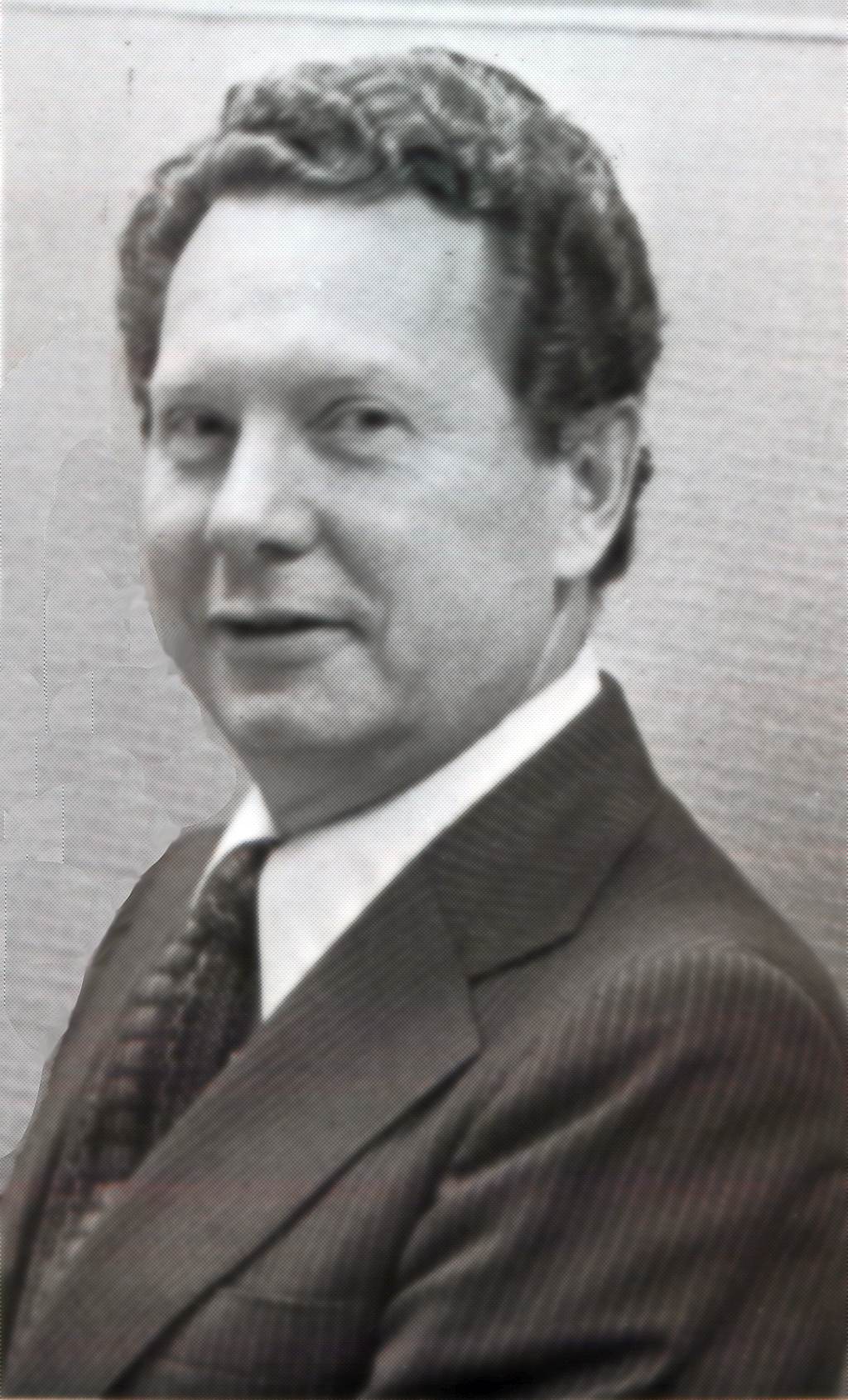 Addressing a crowded seminar in the Downsview auditorium January 13, 1981, assistant deputy minister Jim Bruce gave some impressions of his six months re-acquaintance with AES after a 13-year absence. He praised the service for its fine pool of scientific and managerial talent, its enthusiastic staff, its excellent research, its progress in computer development, its valuable ice, climate and applied meteorology programs, its vigorous international activities, its ability to provide increased information to the public and its dynamic air quality, ozone layer and long range transport of air pollutant programs. "Person for person, and dollar for dollar" said Mr. Bruce, "I suspect that we're the best atmospheric service in the world." (1981) |
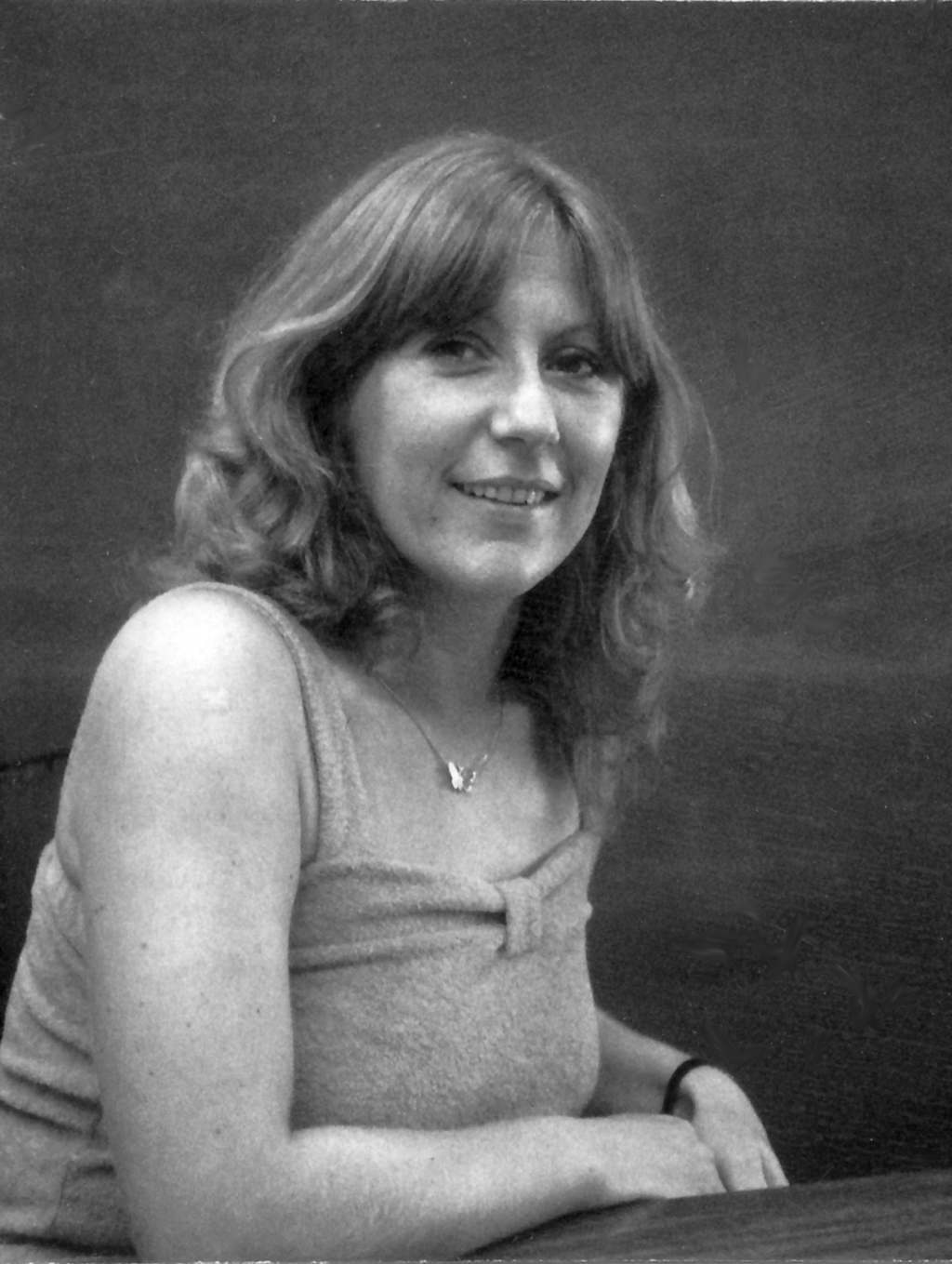 Shirley F Smith was recently promoted to directorate administrative officer of the Central Services Directorate. Ms. Smith, who was born in France, came to Canada with her parents in 1956 and attended McMaster University in Hamilton. She joined the Department of Supply and Services in 1971 where she worked a a junior buyer in close co-operation with AES, eventually moving from Stores to Field Services. Ms. Smith attributes her latest career achievement to the Special Officer Development Program to which she was introduced by Herb Kruger in 1974 when he was Chief of Observational Systems Division. (1981) |
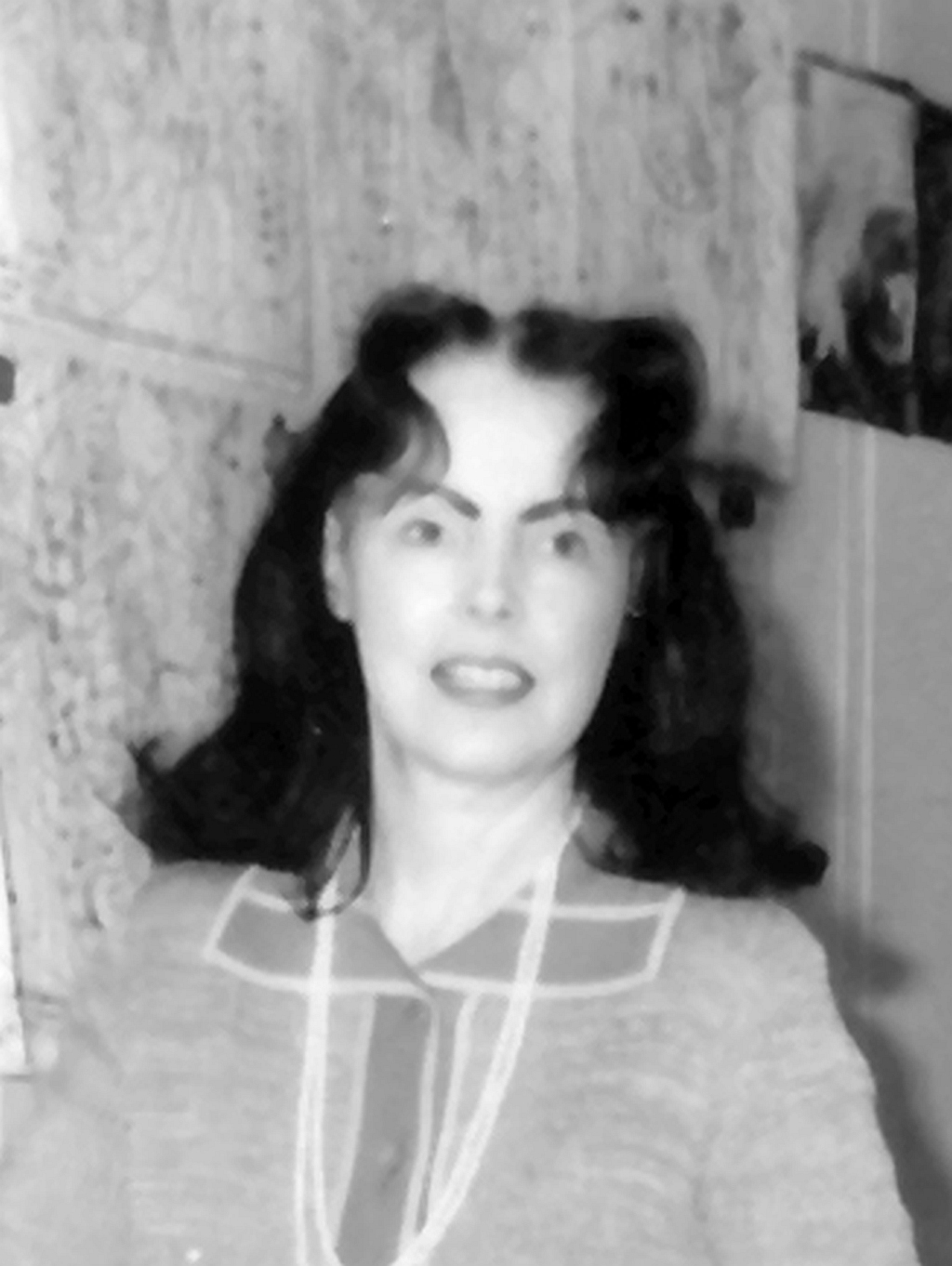 The tradition of arranging tours of the Downsview Headquarters building has been maintained. The reputation of Canada's number one weather building has spread far and wide, and it's considered a landmark, not only in Toronto, but right across the country. Tour leader Jean Schlenkrich reports that the wind tunnel and the satellite lab are still the most popular attractions but that there is considerable interest in the instrument calibration shop, the computer centre, the instrument displays in the large entrance lobby and, during fine weather, in the big white satellite tracking dish and the instrument compound immediately south of the building. (1981) |
 Gerry E Berlinguette is appointed Chief of the Dorval Computing Centre. Mr. Berlinguette is a graduate of the University of Ottawa with honors in mathematics and physics. Mr. Berlinguette spent six years with the Defence Research Board in Ottawa. Between 1966 and 1968 he was with the National Research Council and, until he joined Environment Canada in 1981, he was with the National Capital Commission. When computers were still in their infancy in the early 1960s, Mr. Berlinguette got involved with programming and development of management systems. He also took part in the training program for meteorological officers. (1981) |
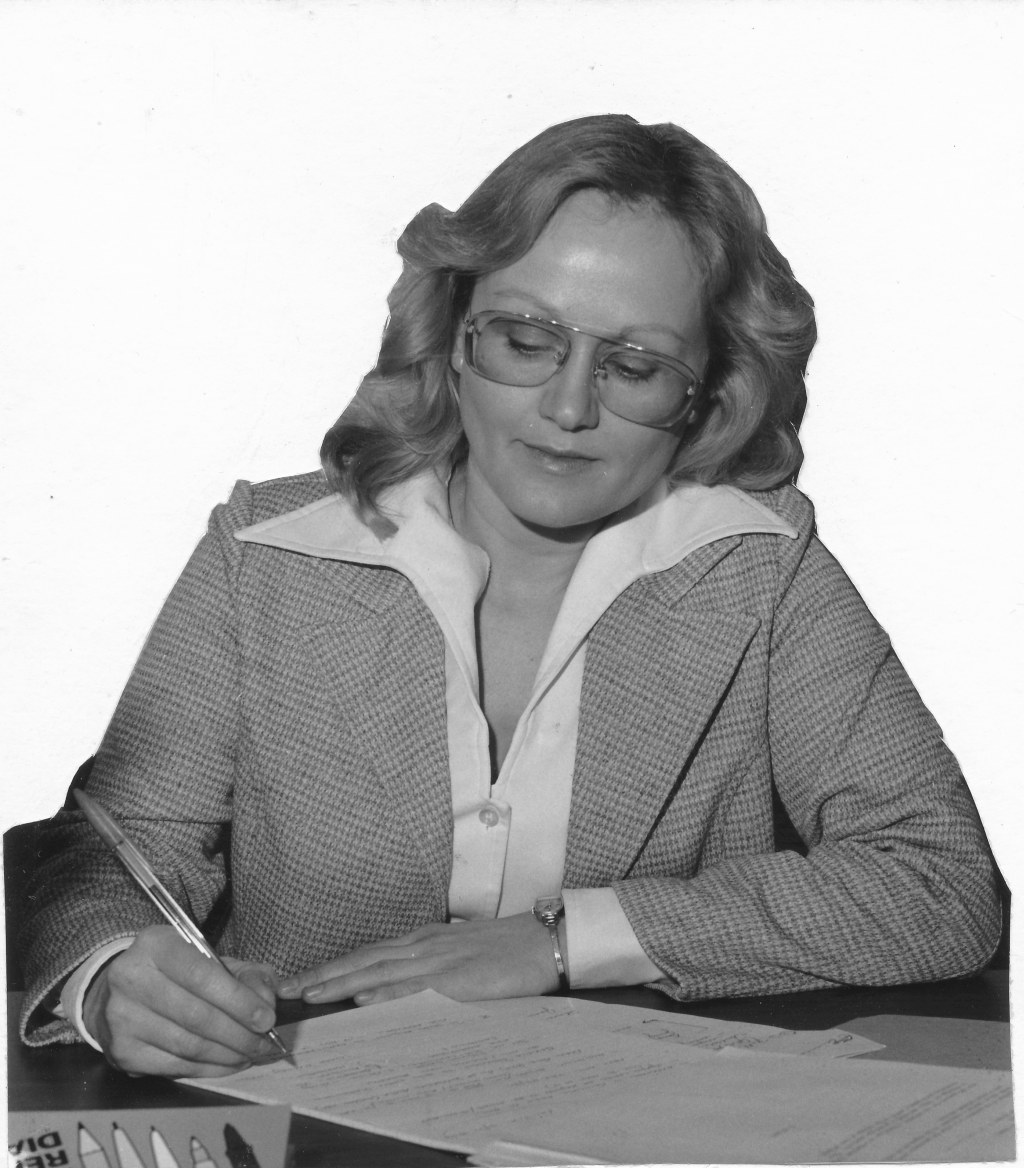 Evelyn Wilson has been appointed convenor of AES Equal Opportunities for Women ( EOW) for a two-year term, effective February 2, 1981. Mrs. Wilson has worked in the Air Quality and Inter-Environmental Research Branch at AES Downsview for the past two years, and was formerly an operational meteorologist with experience at the Alberta, Arctic and Ontario weather centres. She looks forward to a challenging and innovative term co-ordinating EOW's Action Plan. (1981) |
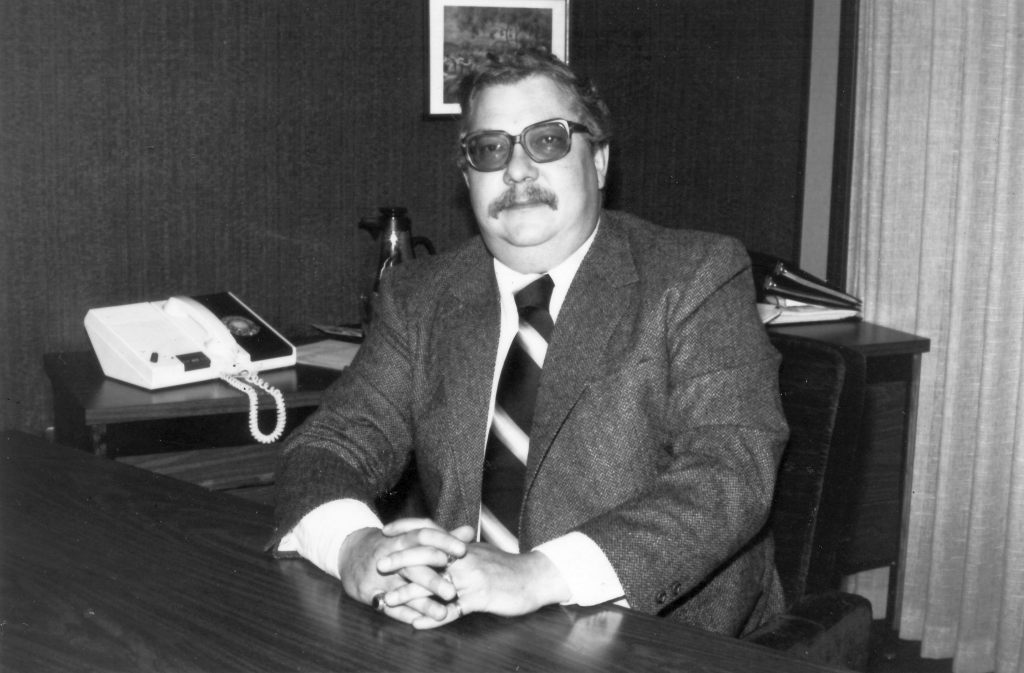 AES Western Region has a new regional director. Bev Burns who has worked with government meteorological services since 1963 and has acquired an enormous knowledge of Western Canadian weather and climatic conditions was appointed to the position on May 19. (1981) |
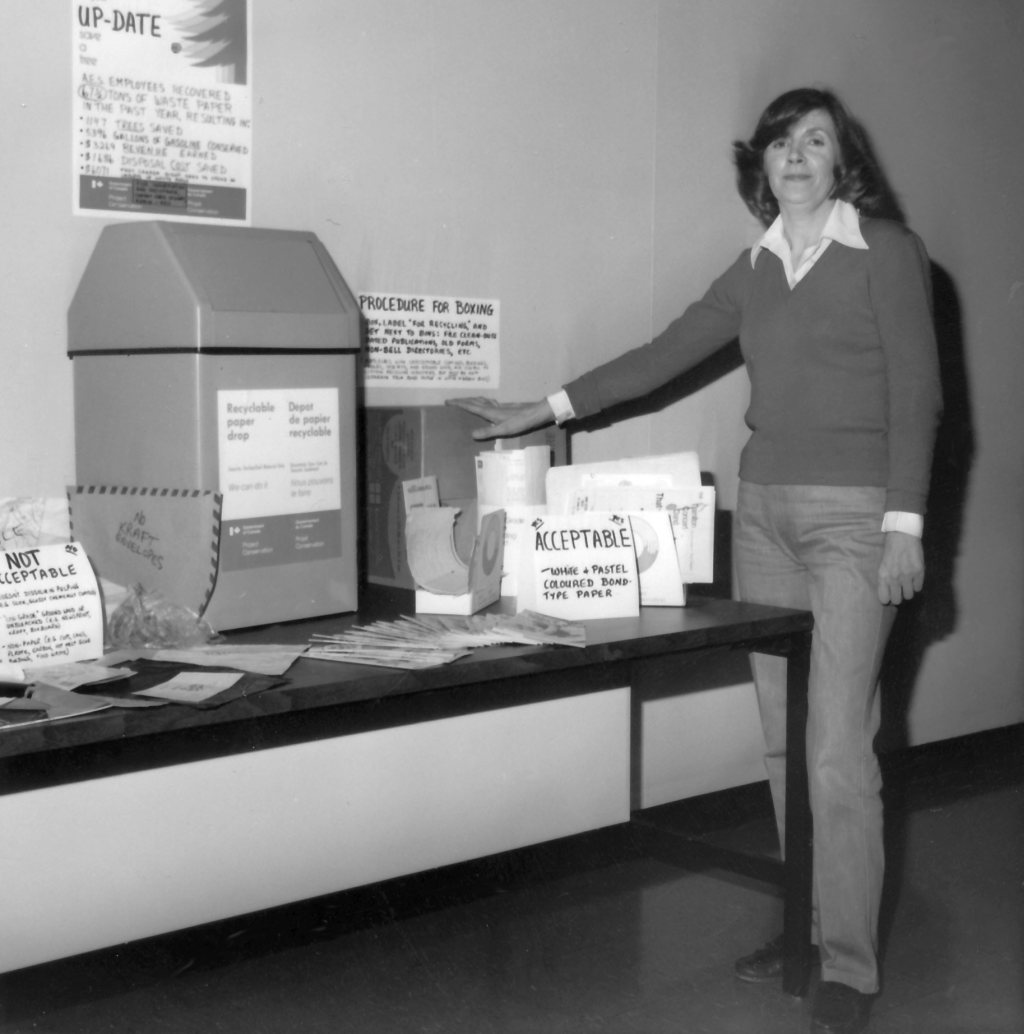 Chnis Stuart of the General Administration Division, is AES headquarters building waste paper recycling coordinator. She stands by the display set up to explain the difference between collectables and contaminants. (1981) |
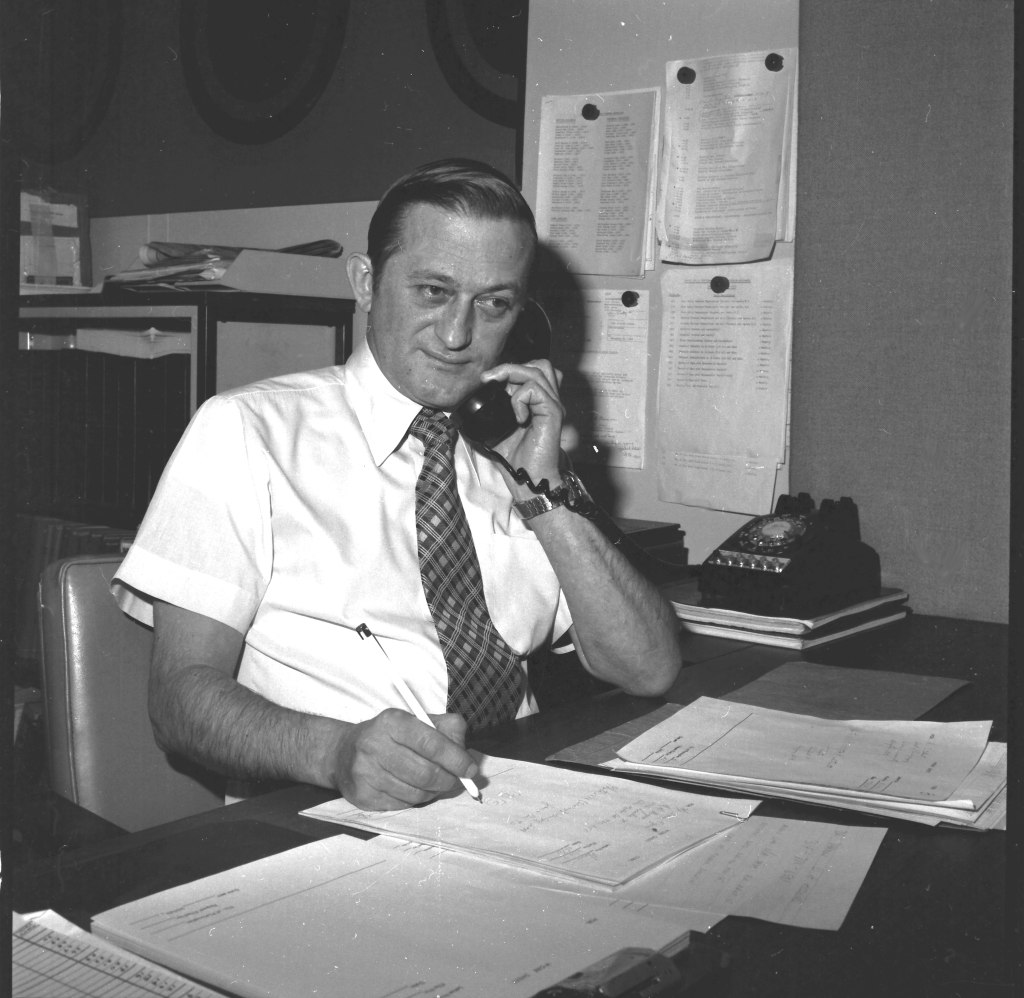 Bernie Yorke (and Don Gullett) handle(s) a large volume of public telephone calls at the Climatological Information Unit at AES Downsview. Any queries which cannot be answered are quickly referred to orher government offices. (1981) Read complete story published in the April 1981 issue of Zephyr |
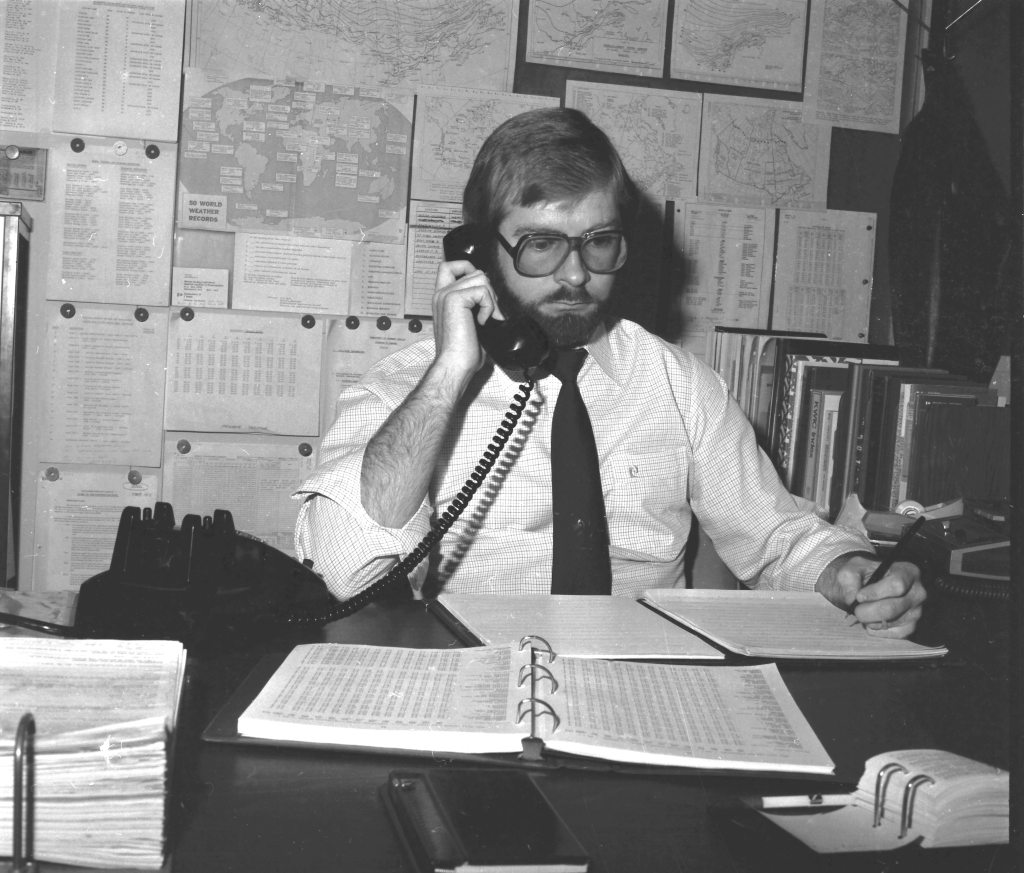 Don Gullett (and Bernie Yorke) handle(s) a large volume of public telephone calls at the Climatological Information Unit at AES Downsview. Any queries which cannot be answered are quickly referred to orher government offices. (1981) Read complete story published in the April 1981 issue of Zephyr |
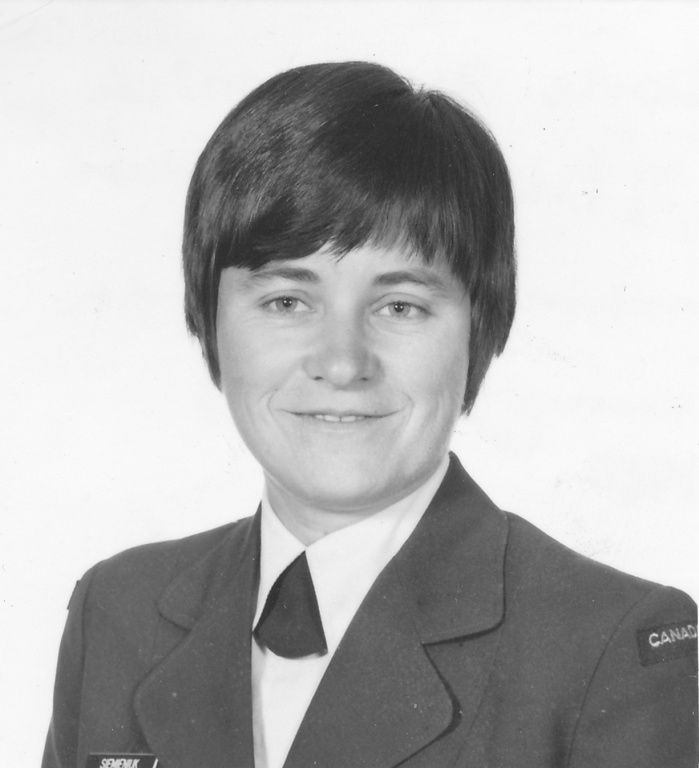 Doris Siemieniuk of Prairie Weather Centre arrived at the Canadian Forces base at Baden Soellingen, West Germany last summer to take up duties as a Met. Officer with the commissioned rank of Captain. She is the second woman to be posted to DND (1981) |
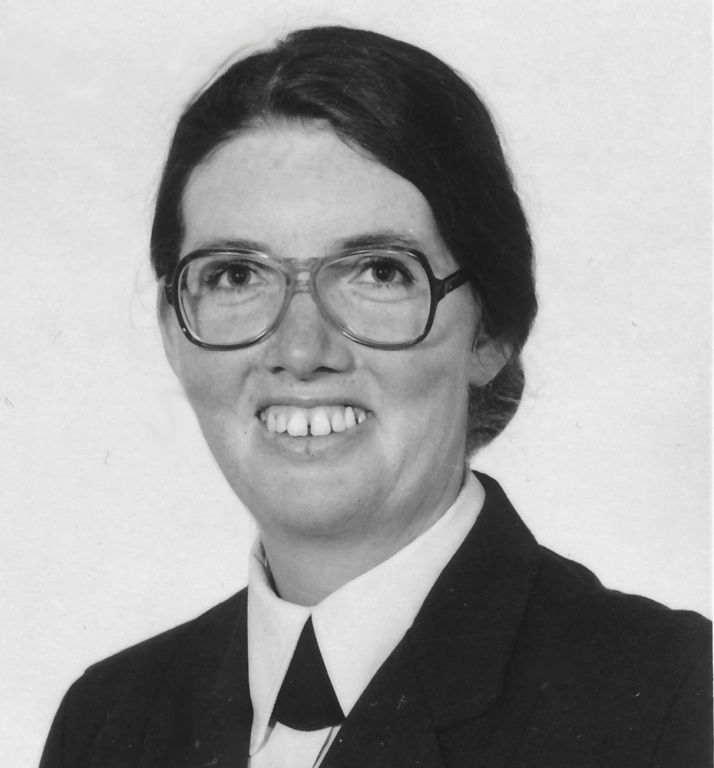 Mary Regan is first woman to participate in the Department of National Defence (DND) program under an overseas service plan that guarantees return to AES civilian work without loss of rank or pay. She has relinquished her captain's rank, left West Germany after a 4 1 /2 year tour of duty, and returned to work as civilian forecaster at the Canadian Forces Forecast Centre at North Bay, ON (1981) |
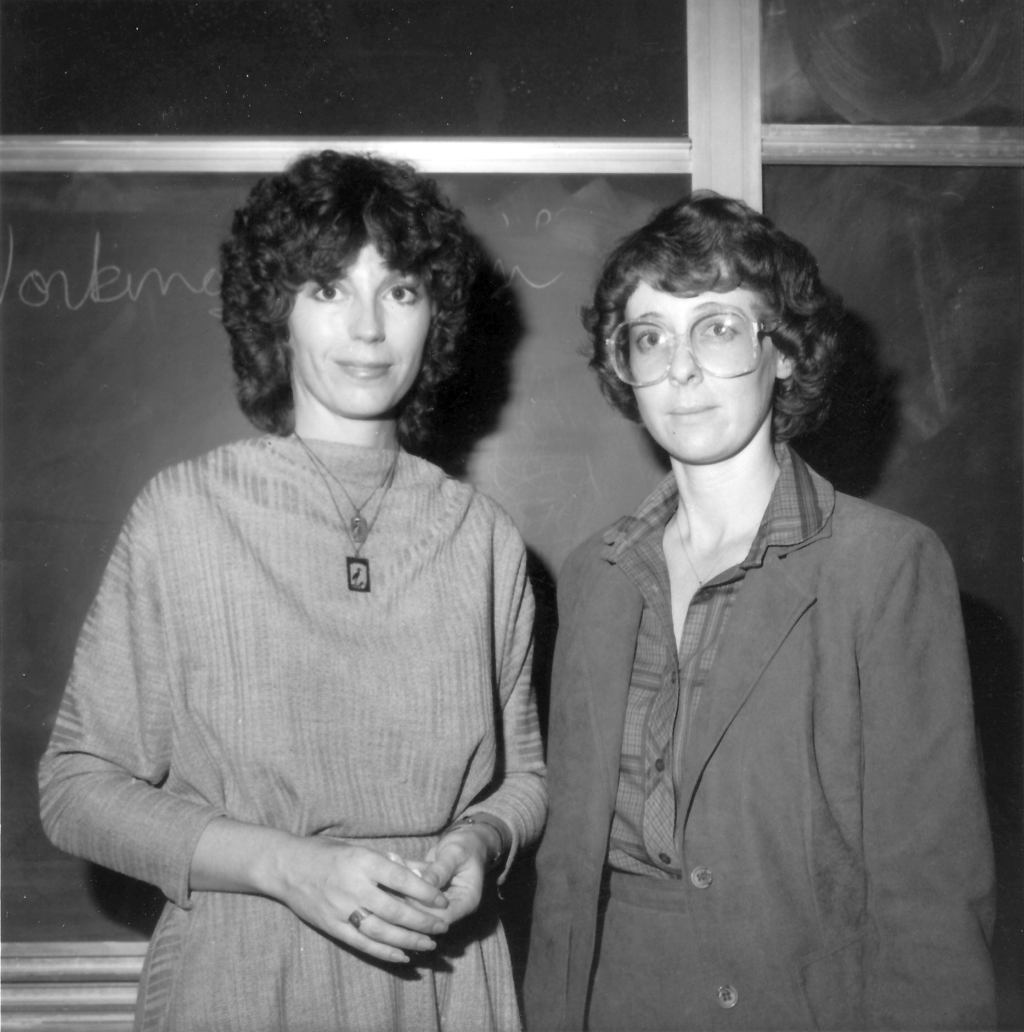 Karen Fraser, speaker at sessions of the Equal Opportunities for Women (EAP) - Opportunities in the Eighties seminars, is seen (left) with Chris Upton (right), organizer of this event. (1981) |
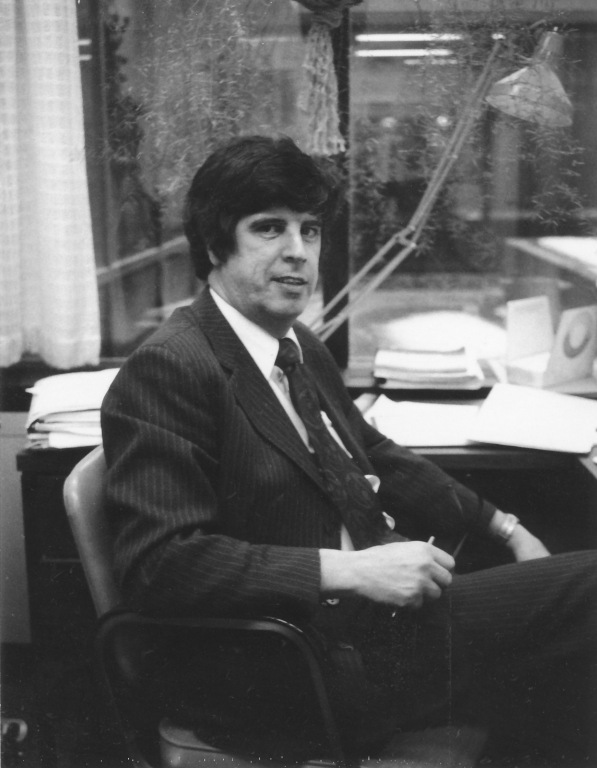 Jean-Guy Coté, advisor under the new Employee Assistance Program (EAP) (1981) see also Jean-Guy's 1983 mug |
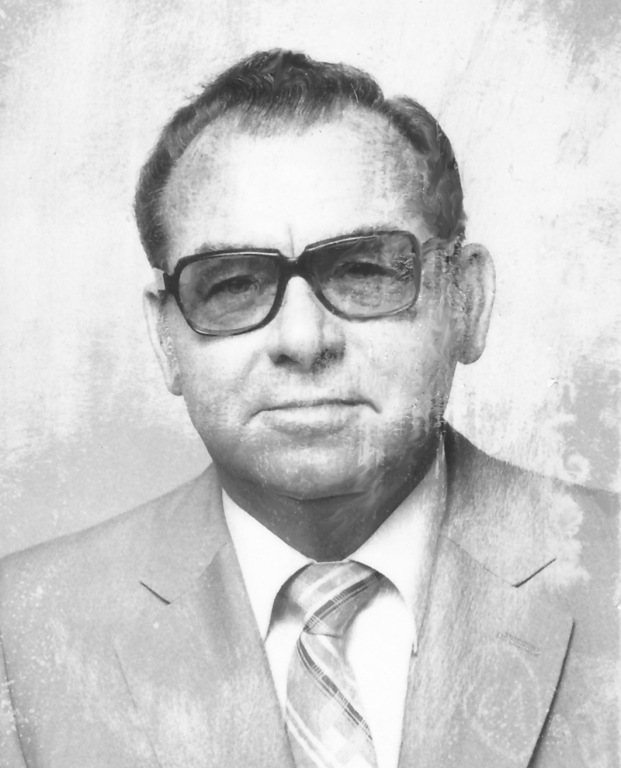 George McPherson, advisor under the new Employee Assistance Program (EAP) (1981) |
|
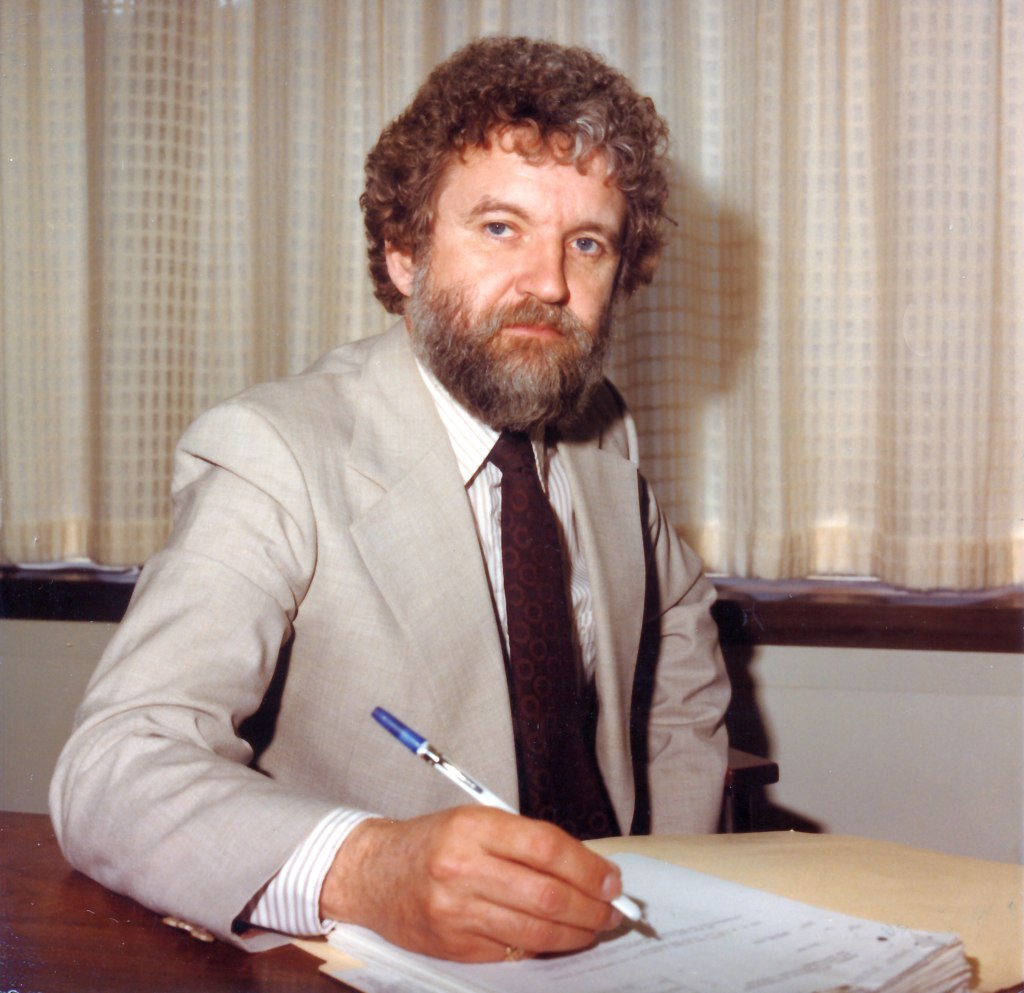 Lloyd Berntsen has been appointed director, Training Branch, AES. He takes up the position after spending the past 2 ½ years in a senior operational capacity: as chief, Office of the Director, Field Services. Mr. Berntsen joined the Meteorological Branch of the Department of Transport in 1960 and after gaining experience as a forecaster at RCAF bases in Canada he was seconded for four years to NATO bases, attaining the rank of captain. Between 1972-74 he was an instructor with Training Branch. In 1975 he joined the Management Orientation Program and the following year he was appointed head of Project Planning and Development for Field Services Directorate. He then became chief of Program Integration and Evaluation Division and acting director, Program Development and Evaluation Branch. (1982) |
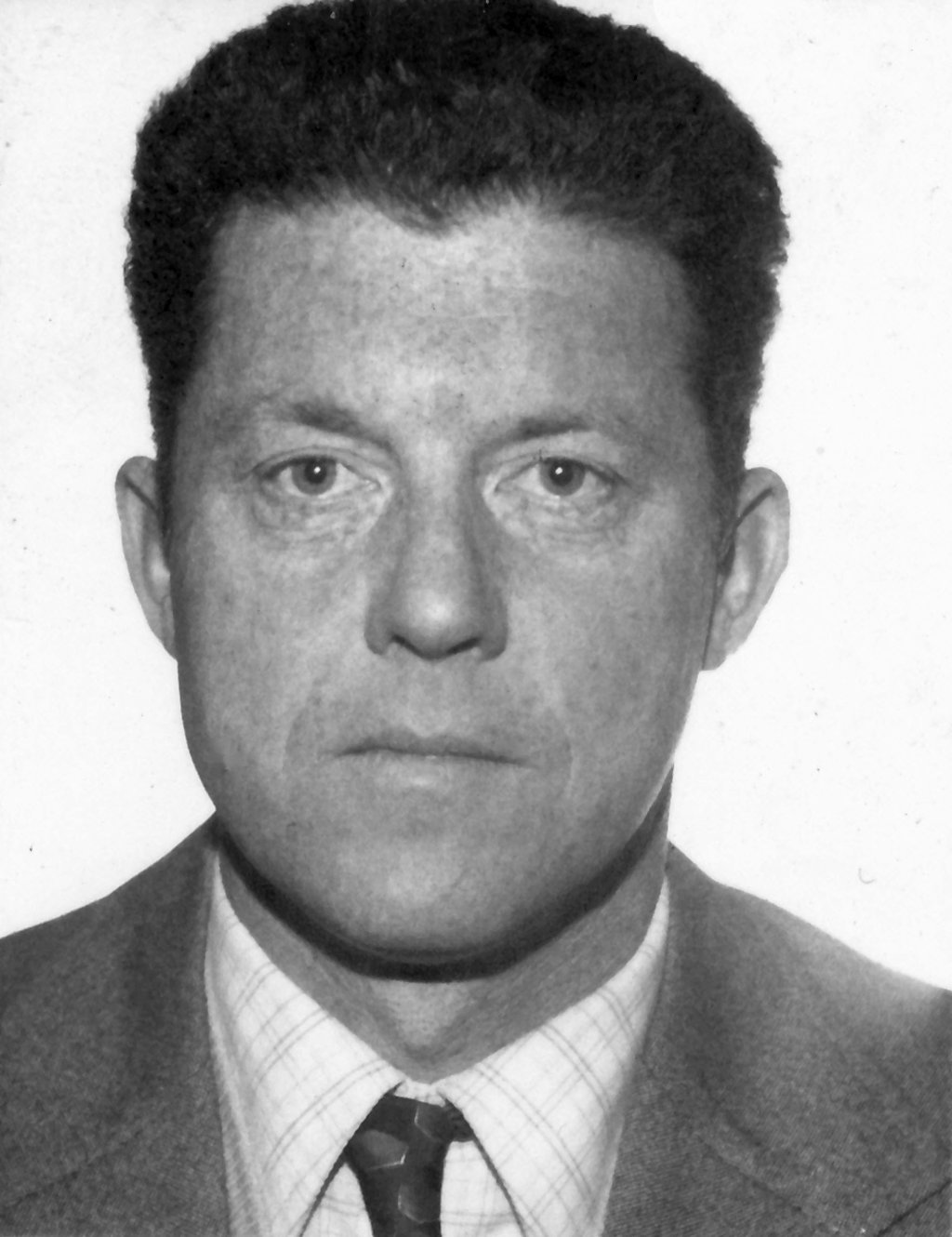 Des O'Neill has been appointed Regional Director of AES Atlantic Region, replacing Ralph O'Brien who died in September. Mr. O'Neill has had 22 active years in meteorology, starting in Northern Ireland (U.K.) in 1960 as an operational meteorologist. He then moved to Canada and had a number of meteorological posts until 1968 when he became a hydrometeorologist and then in 1973 joined Scientific Services as a meteorologist rising to become Chief of Scientific Services in the Atlantic Region. From 1974 to 1982, Mr. O'Neill was acting Chief of Weather Services and Officer-in-Charge of the Atlantic Weather Centre. (1982) |
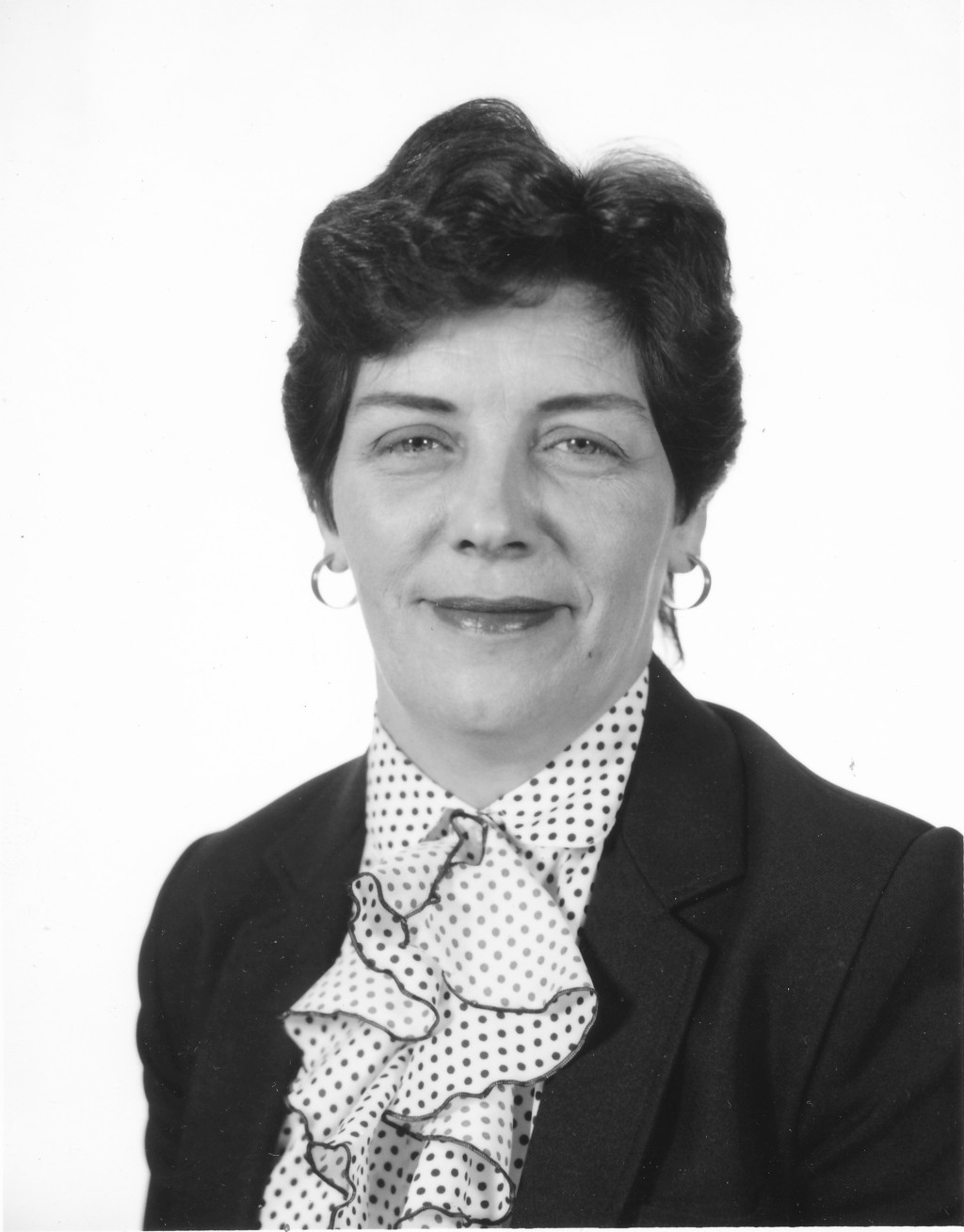 Donna Grant joined the Public Service in 1971 while living in the Hull Ottawa area. She began as a junior clipping clerk, then shortly after became a filing clerk and an indeterminate employee with Environment Canada. In 1972 she was promoted to the Supervisor of Accounts Payable Records Office. She then won a position as statistics clerk with the Official Language Branch and was able to advance to the level of administrative officer. Finally, in 1976 she won an AS-2 position with the DOE library in Hull. (Related Groups, 1982) |
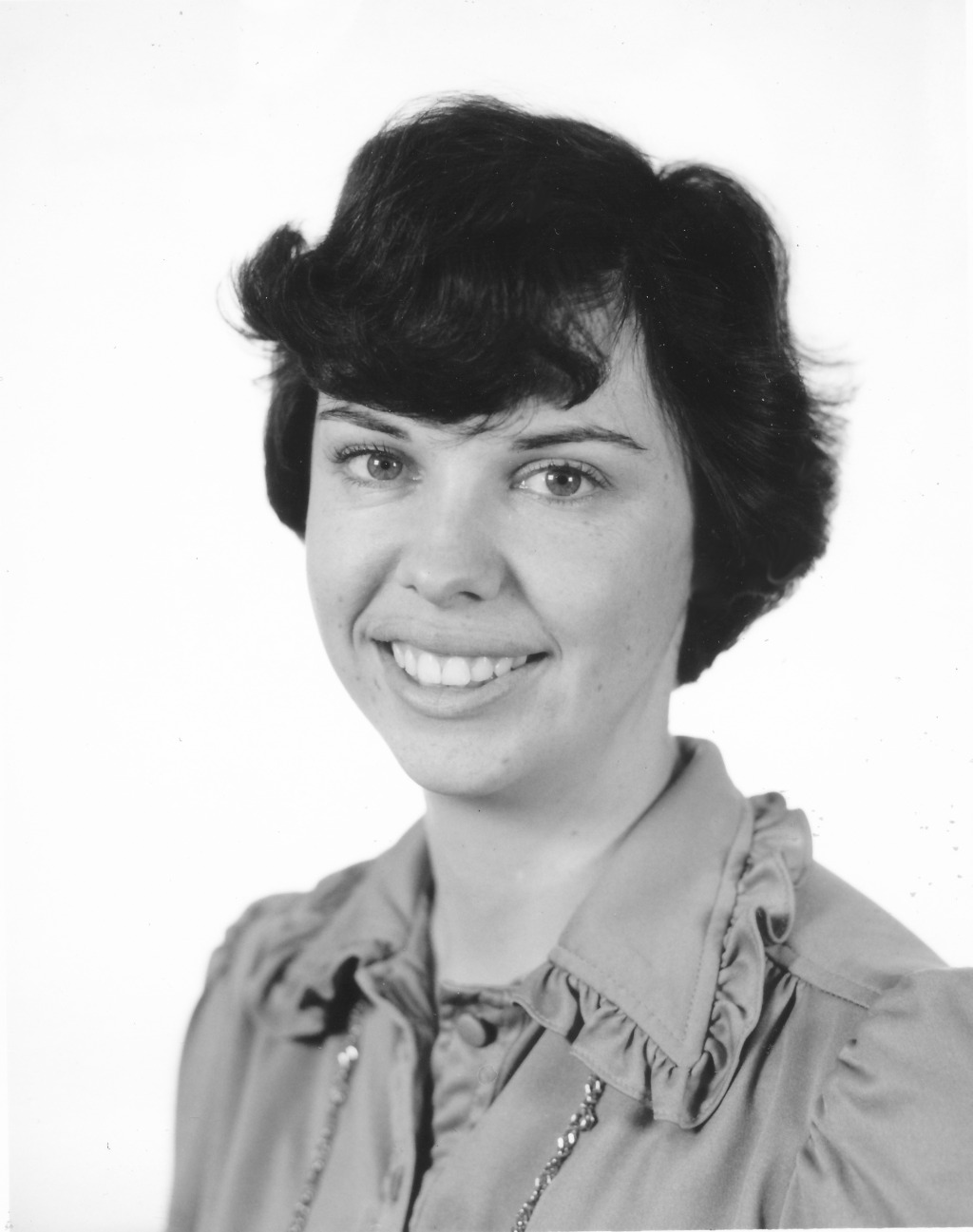 Judy Short began her career as a secretary with AES in 1974, working in Field Services Directorate and Training Branch. Changing to the clerical group, she won a CR3 position with Personnel. While there, Judy held various clerical positions such as clerk/receptionist, staff relations and training assistant and staffing assistant. In 1980 as a CR-4 she became assistant to the coordinator of the Environmental Assessment Review Process section . She is now acting in a position as administrative officer (AS-2) for Administration Branch. (Related Groups, 1982) |
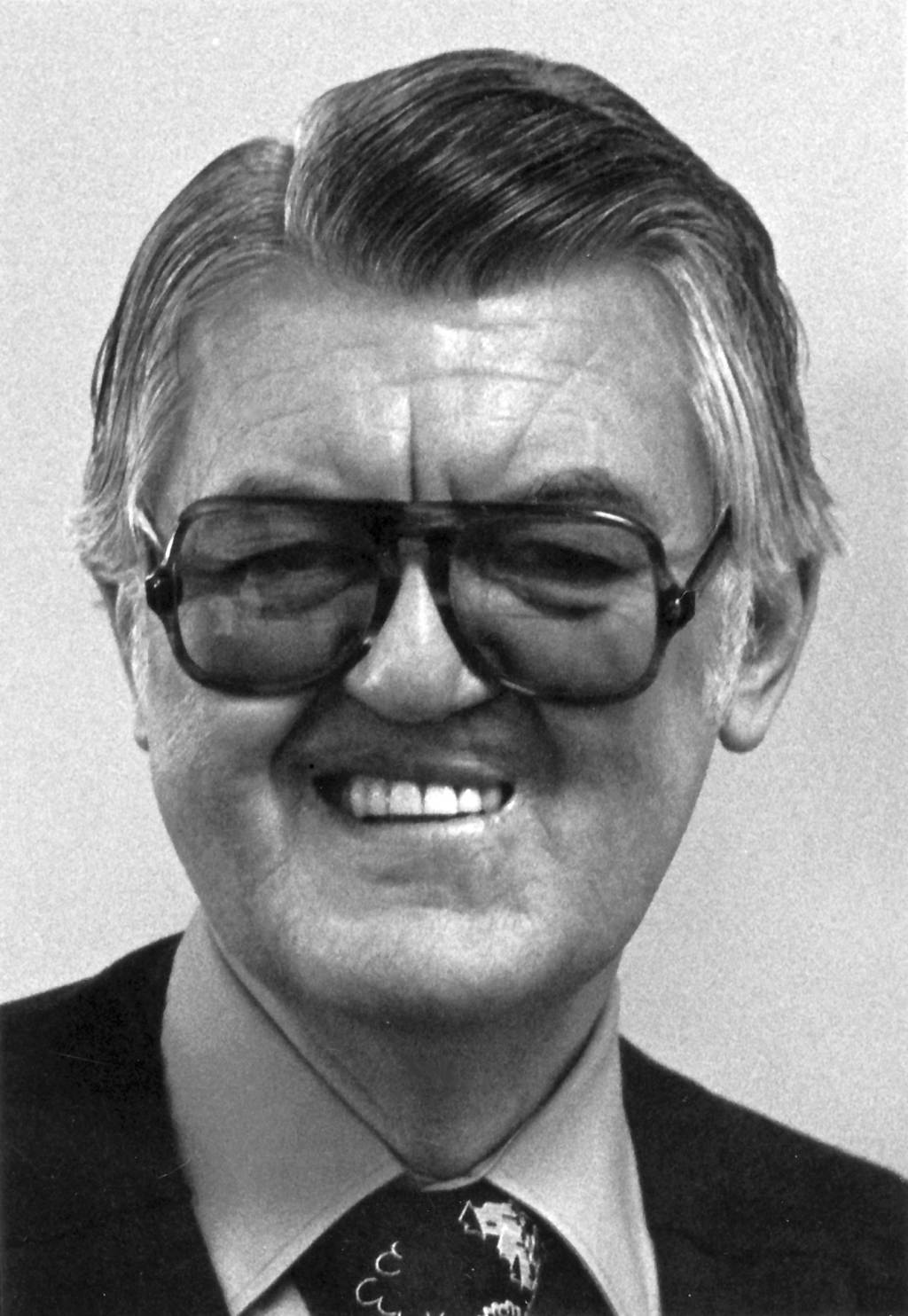 Ernest Greckol who retired recently from AES, began work in the Climatology Division as a clerk, Grade 1 in 1946. He gradually advanced through the clerical ranks to become an office equipment operator, later merged with the Data Processing (DA) group. From supervisor of equipment operators, he became an administrative services officer (AS) tieing in with the expansion of services following installation of computer systems. As the size and complexity of operations expanded, Ernest was eventually promoted to become computer systems administrator (CS-3). (Related Groups, 1982) |
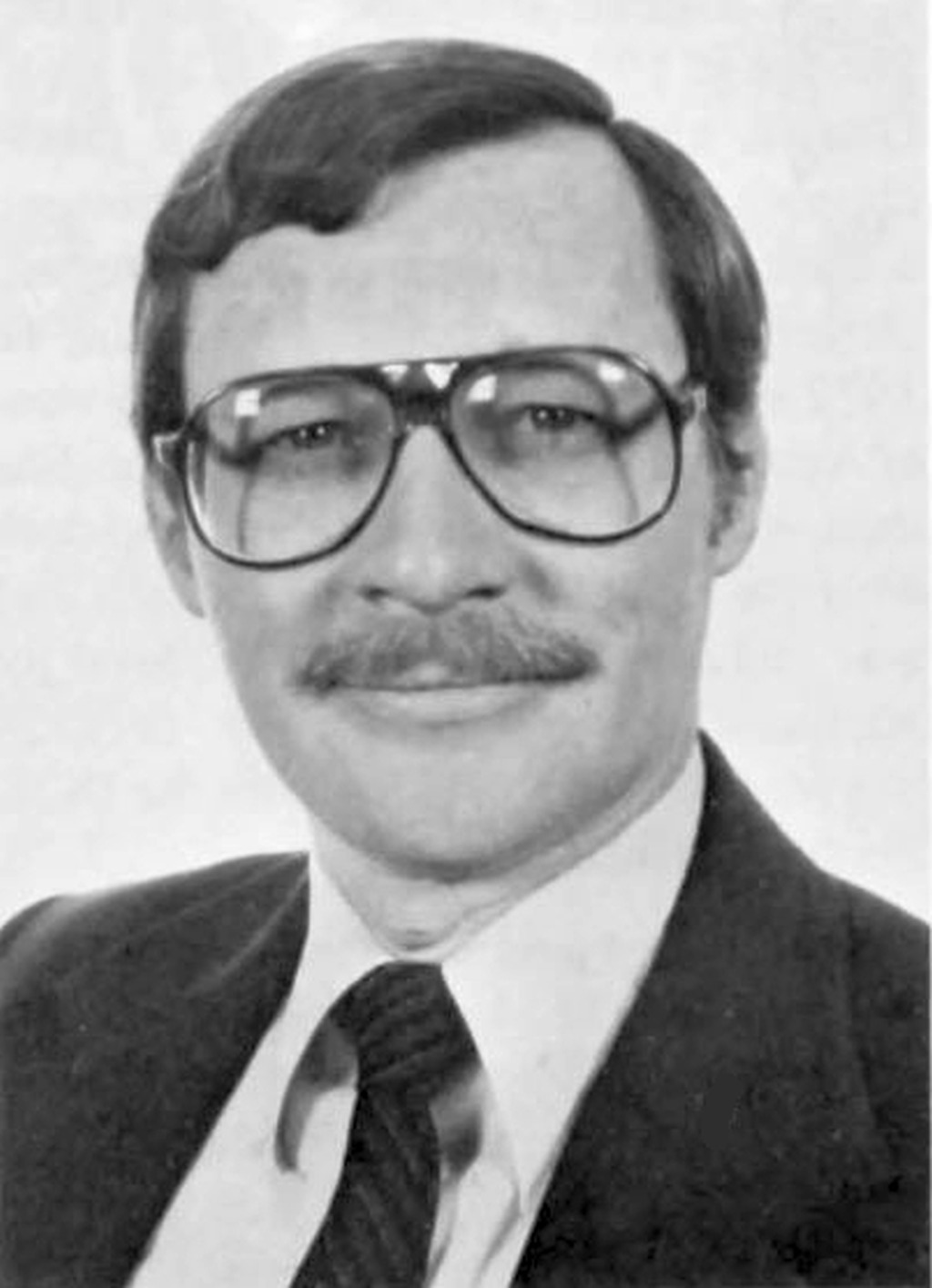 John Schneider joined AES in 1966 as a weather observer technician (EG). In 1969 he won a competition for a data processing operator position (DA) at the Canadian Meteorological Centre (CMC) in Dorval. Over the next six years he progressed in the DA category, and became an operations supervisor at CMC. During this time, John obtained a BSc degree in Computer Science at night school. This enabled him to move in to the Computer Systems (CS) category. His job was user services, technical consultant, for the CYBER computer at CMC. In 1978, he won a competition in the Field Services Directorate (FSD) Communications Section as an AS-5. (Related Groups, 1982) |
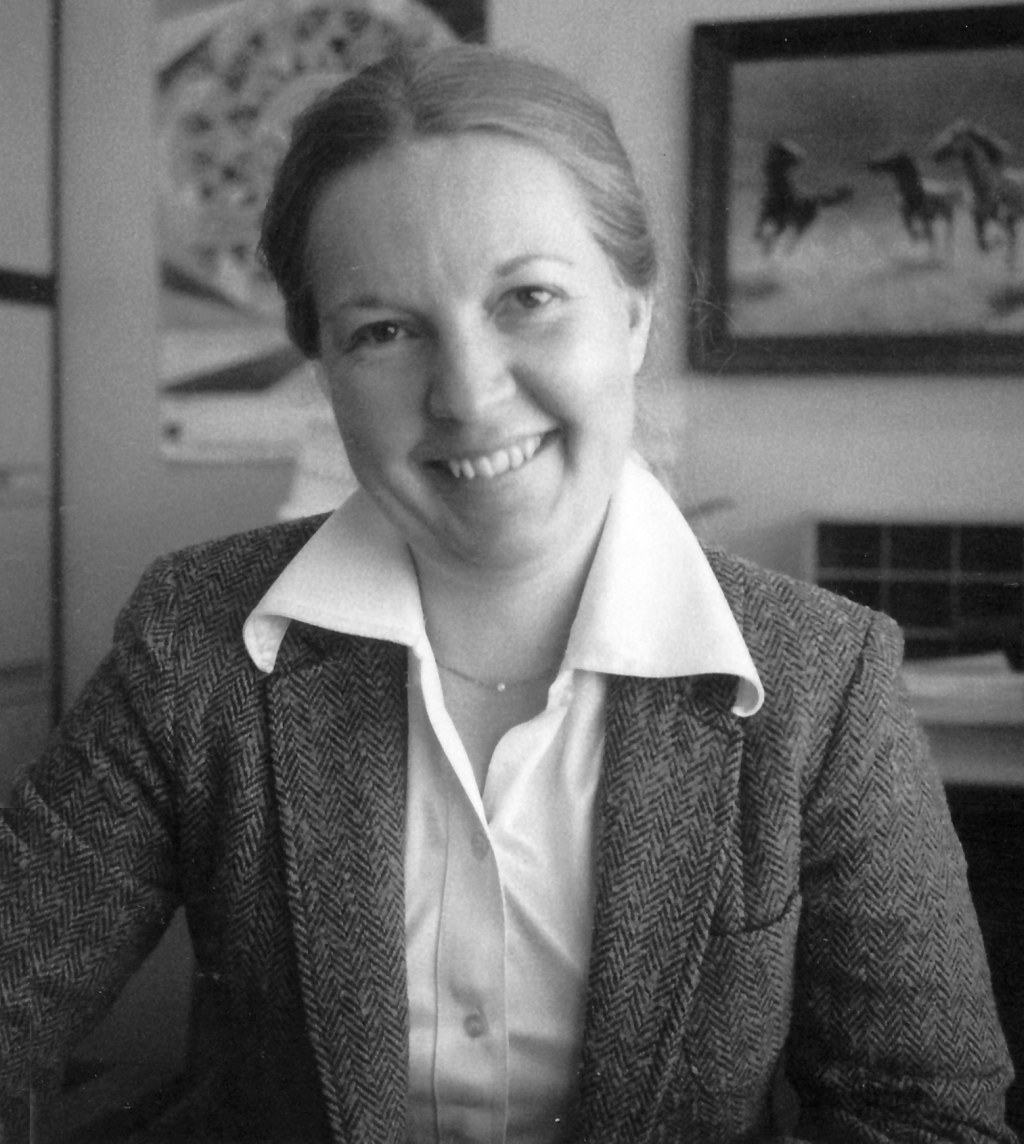 Linda Stirling, manager of operations of the big Downsview Computing Centre. Overseeing the work of about 35 people, she directs a huge variety of data processing operations including the facilities for archiving Canadian Climate Centre records dating back 100 years. Mrs. Stirling says she is one of the few women in either public or private sectors to manage a major computing operation (AES ranks third or fourth among government data processors). (1982) |
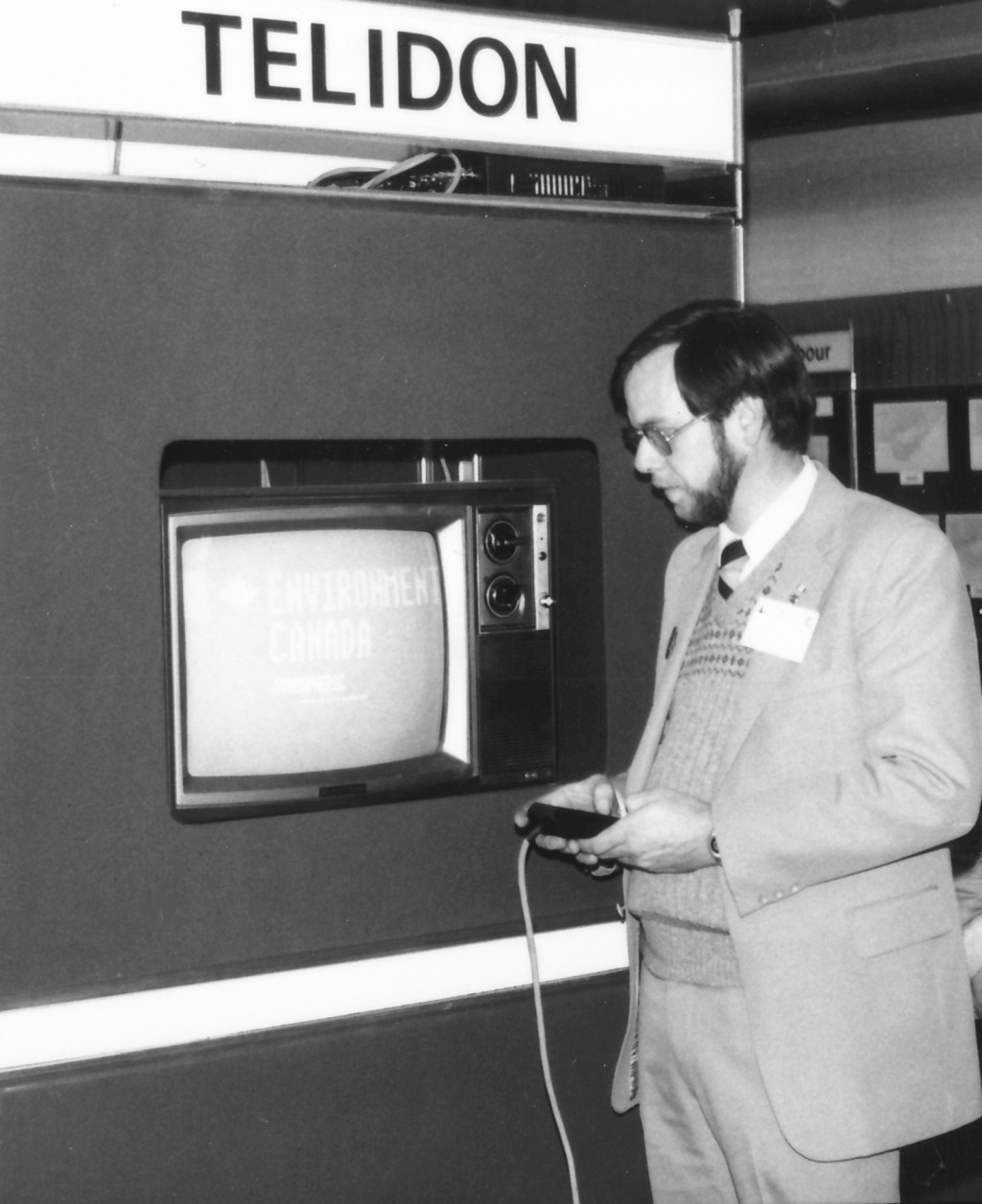 Ron Fordyce, AES port meteorological officer at St. Catharine's Ontario, demonstrates meteorological uses of Telidon at the Toronto International Boat Show. (1982) |
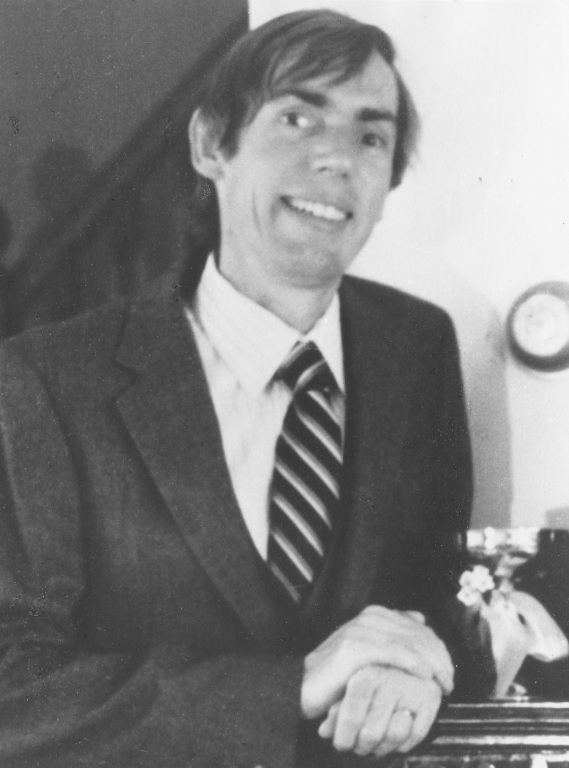 Jim Percy, for almost ten years an instructor with Training Branch, died in Toronto on August 25, 1982, after a brief illness. In 1979 Mr. Percy joined Training Branch as an instructor with the Professional Training Division and Development Division. Later in 1982, an award for excellence in synoptic meteorology was established by AES Training Branch to honor the memory of the late Jim Percy. For almost a decade he worked as an instructor with the training program for operational meteorologists. (1982) |
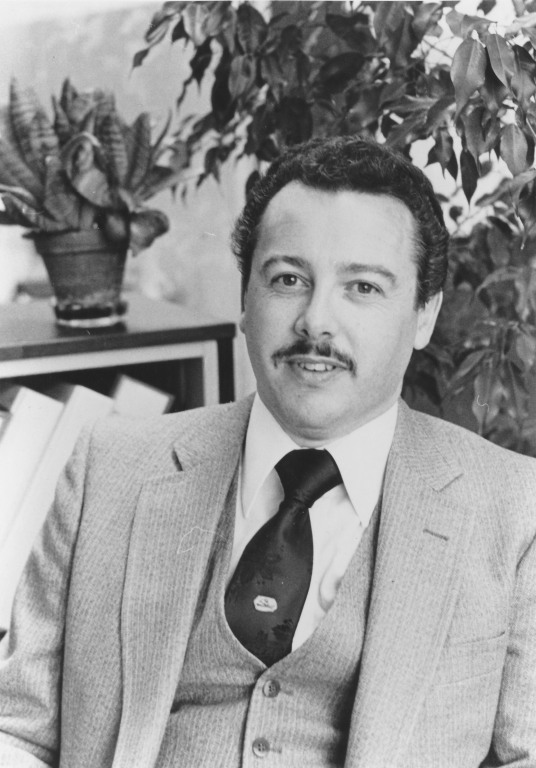 Francis Bowkett, I do not foresee any substantial change in the environment, but by 1990, as we learn more about problems related to these topics, there should be some gradual improvement in the area of acid rain and toxic chemicals. I think there is always a conflict between environmental and economic concerns, but I feel these can be balanced off against the different needs we have in our society. The same situation will still exist in 1990 and further down the road. (Future Forum 1, 1982) |
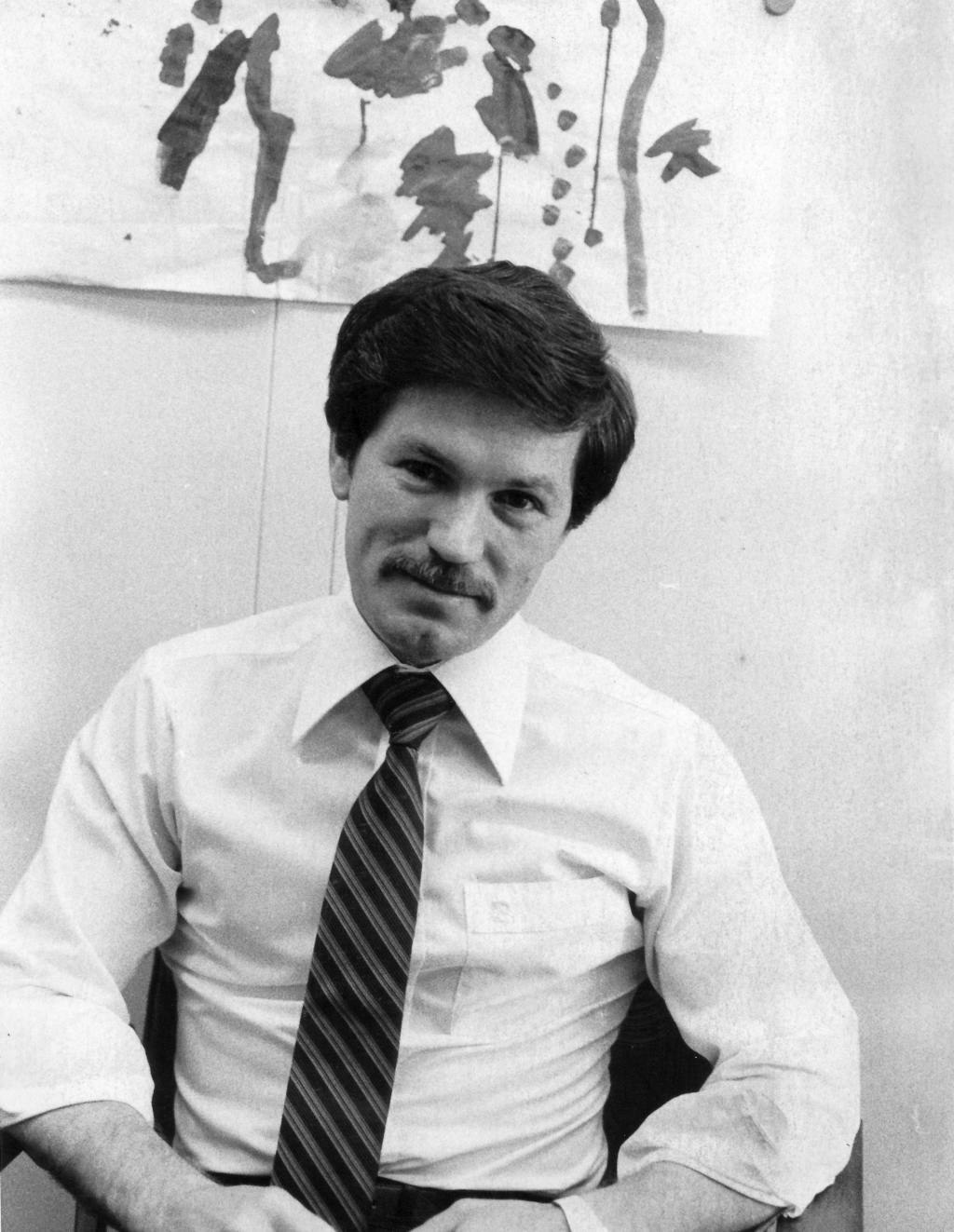 Dave Dockendorff: We must gain a better understanding of the whole eco-system and this takes time, maybe 10 or 20 years. AES has many plans for improved monitoring of the environment, for example the versatile new READAC automatic weather stations. Unfortunately, budgetary restrictions prevent AES playing its full part. Without the money, many long range programs will be cancelled and the environment will suffer. AES should implement more public awareness programs and start lobbying to achieve its environmental objectives. (Future Forum 1, 1982) |
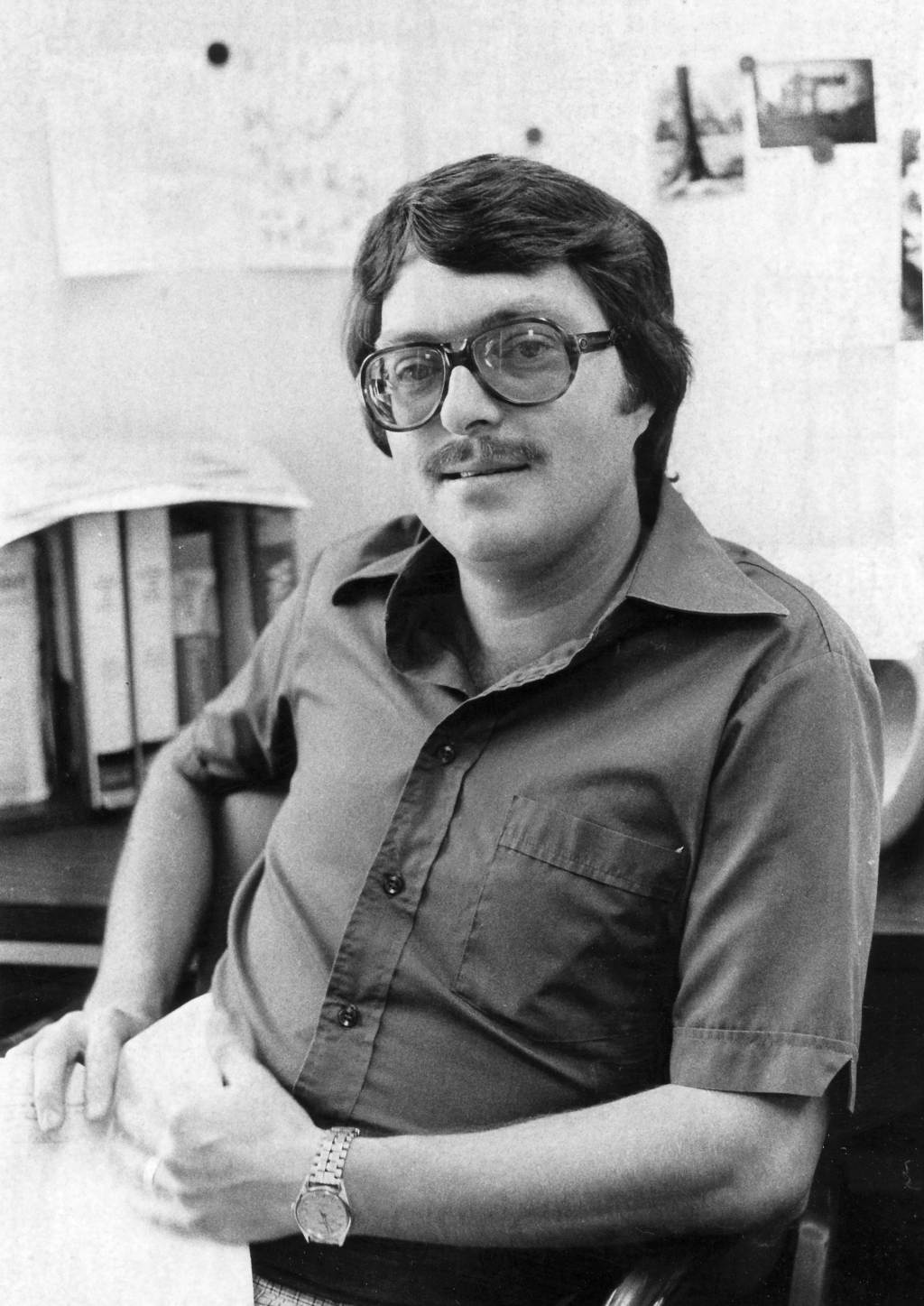 Brian Taylor: It is no use considering environmental problems in 1990 or tackling pollution globally until AES cleans up its act in its own backyard. For example, why is there so much salt on the (Downsiew) parking lot in winter? Salt threatens to end our romance with the car faster than rising gasoline prices. By 1990 I see our roadsides devoid of trees, having been felled by the salt menace. Right now most companies refuse to take acid rain seriously. Despite federal and provincial regulations requiring them to curb acidic emissions, companies like INCO have managed to delay implementing the law. Instances like these make me pessimistic about our environmental future. (Future Forum 1, 1982) |
 Joan Masterton: The environment won't be that different in 1990 from the way it is today. It would be nice, or perhaps naive, to think that changes for the worse will be gradual and will be outweighed by more rapid changes for the better. AES will have to fight hard to maintain a high public profile and keep the financial support needed to continue research. It won't be easy and many of today's problems will still be around in 1990. (Future Forum 1, 1982) |
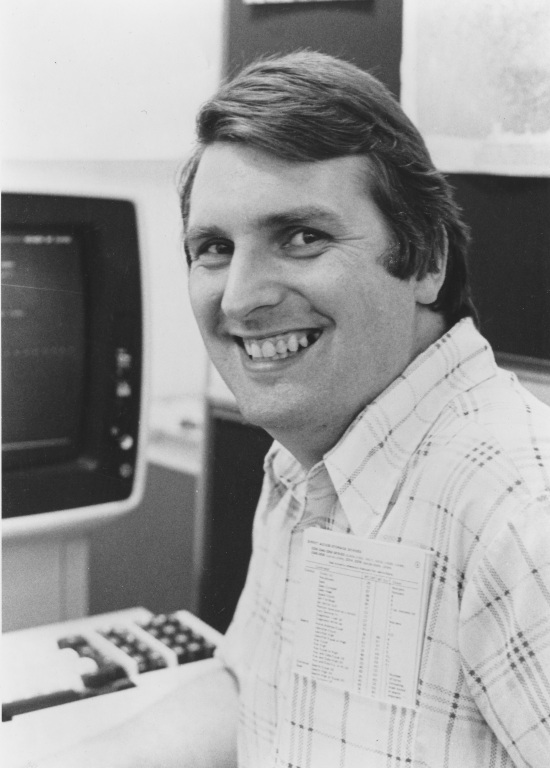 Yves Durocher: Right now it is unlikely that industries will want to put voluntary curbs on their toxic chemical emissions. Hopefully by 1990, the economy will have improved enough to allow companies to contribute to air quality again. As I see it, the greatest source of future pollution will be combustion. AES should release up to date information on its findings concerning the different atmospheric components and the likely scope and range of their impacts. (Future Forum 1, 1982) |
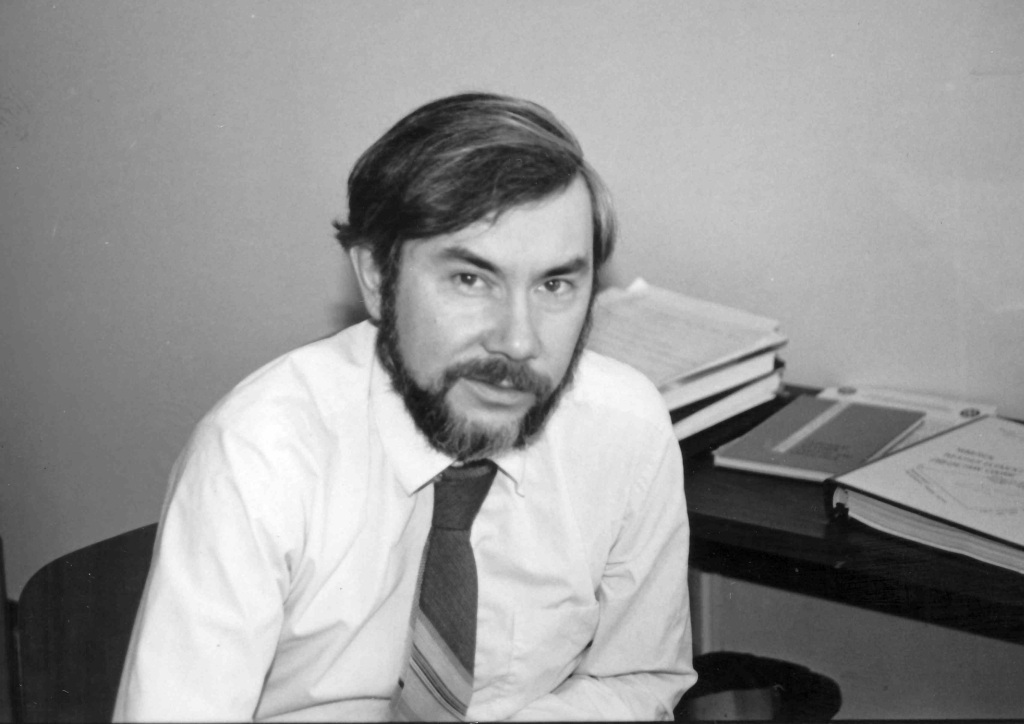 Paul Galbraith: Computers, in a variety of guises, will continue to influence our Jives more and more. I expect that small computers will become as common in consumer products as the electric motor is today. Home "micro-computers" are still in their infancy but will become much more sophisticated and will probably be able to respond to voice commands. They will be regarded as a near necessity within my lifetime much as electric dishwashers are today. Computers in the workplace will take over most repetitive / mechanical tasks and will continue to move into more complex tasks as well. (Future Forum 2, 1983) |
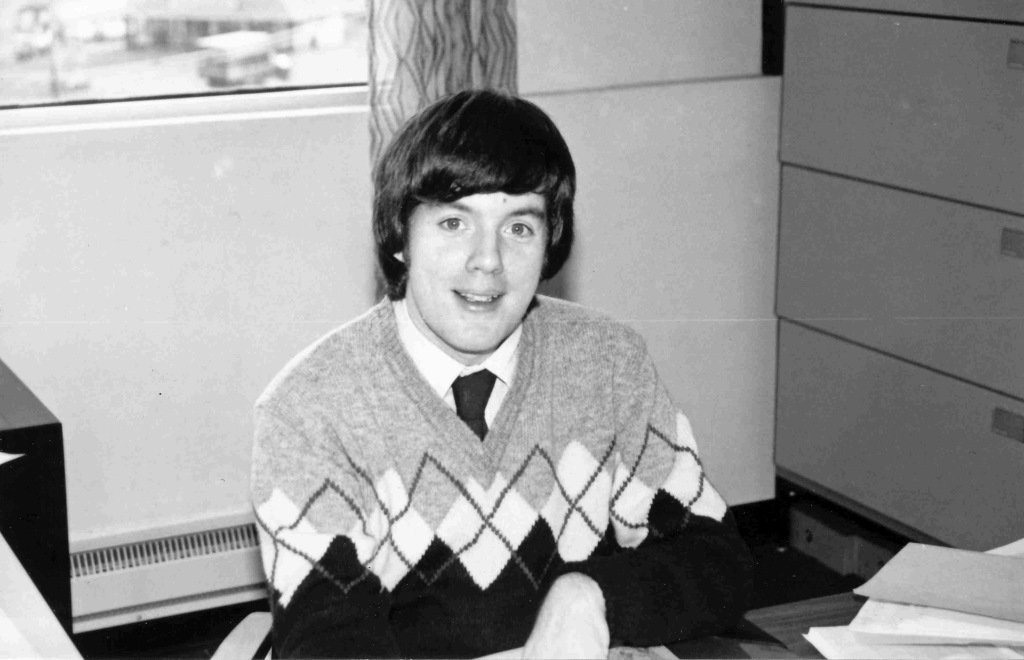 Gary Balcom: The computer age is upon us and is affecting everyone's work and home life. I believe that computers are a great opportunity to release people from tedious tasks to more creative and productive endeavours. Micro-computers are the fastest growing segment in the data processing industry. These machines are quickly finding uses in houses, schools and the workplace. Their capabilities and operating simplicity are being continually improved along with their affordability. By the end of the decade they will be as common as television sets. Security is the biggest problem and the potential for fraud, theft and invasion of privacy is enormous. We must ensure that computers are used to assist and not rule our lives. (Future Forum 2, 1983) |
 Joan Watts: The computer will definitely play a greater role in my life in the future. I do have control to an extent over how much I am influenced by computers in my personal life. The work place is different. I was introduced to word processing equipment in 1982. I feel a positive approach is needed for automation. Word processors are great for productivity, freeing the employee for more administrative responsibilities. I do feel though that more study is required on health hazards associated with using video display terminals. So far, there is no conclusive evidence that VDTs are hazardous to your health over the long term, but you may suffer eye strain as a result of using the equipment. I am all for automation, but not at the risk of employees' health. (Future Forum 2, 1983) |
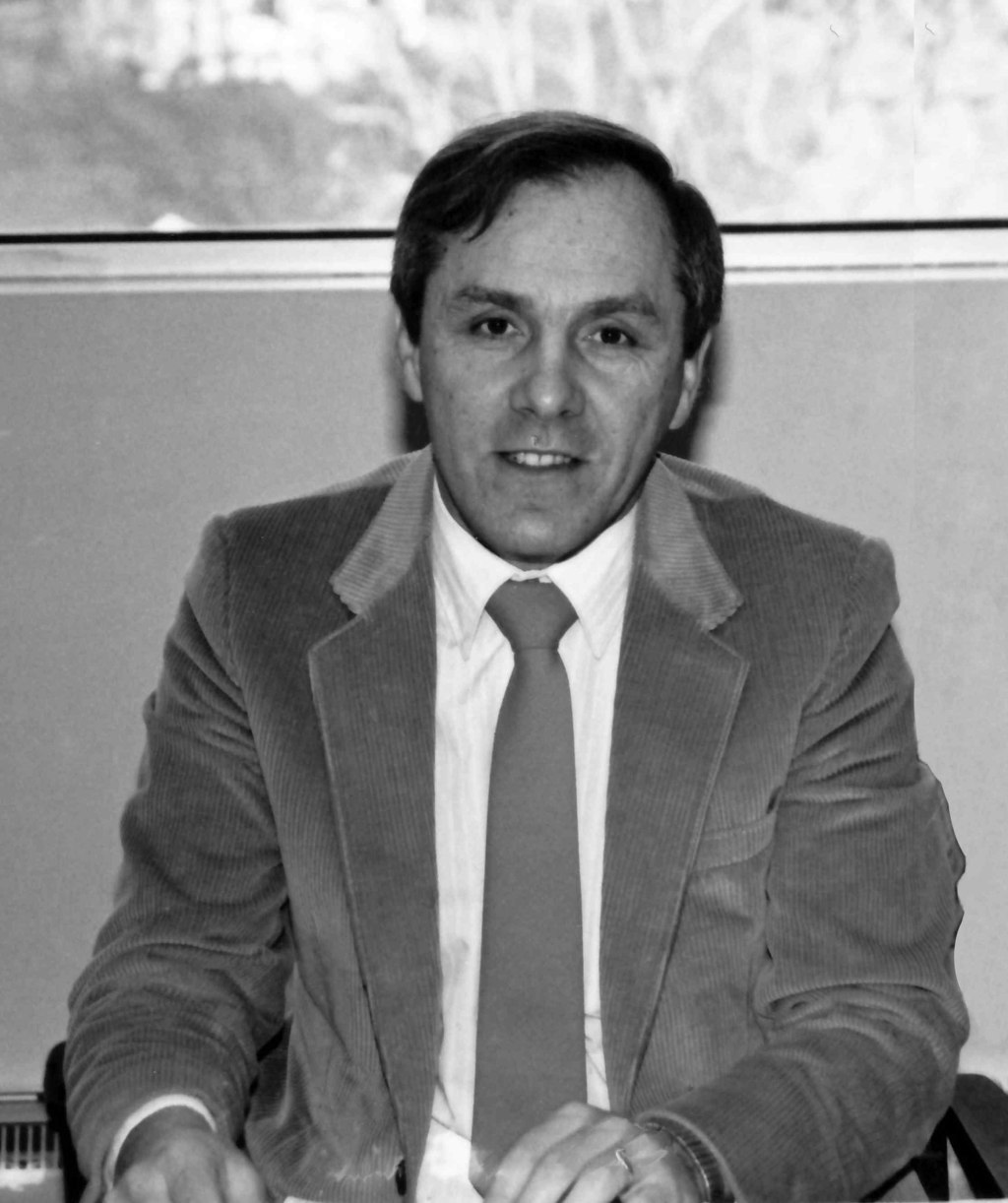 Frank Amirault: The computer is almost certain to play a greater role in one's way of life and work during the next decade especially if business and industry continue to employ computers, and the technology continues to improve. As for work, the computer will allow for new and faster methods of data retrieval and processing to be developed, providing rapid recovery of information containing the most recent data available. Better methods of data analysis will provide more precise information, allowing users to make better judgements and decisions. (Future Forum 2, 1983) |
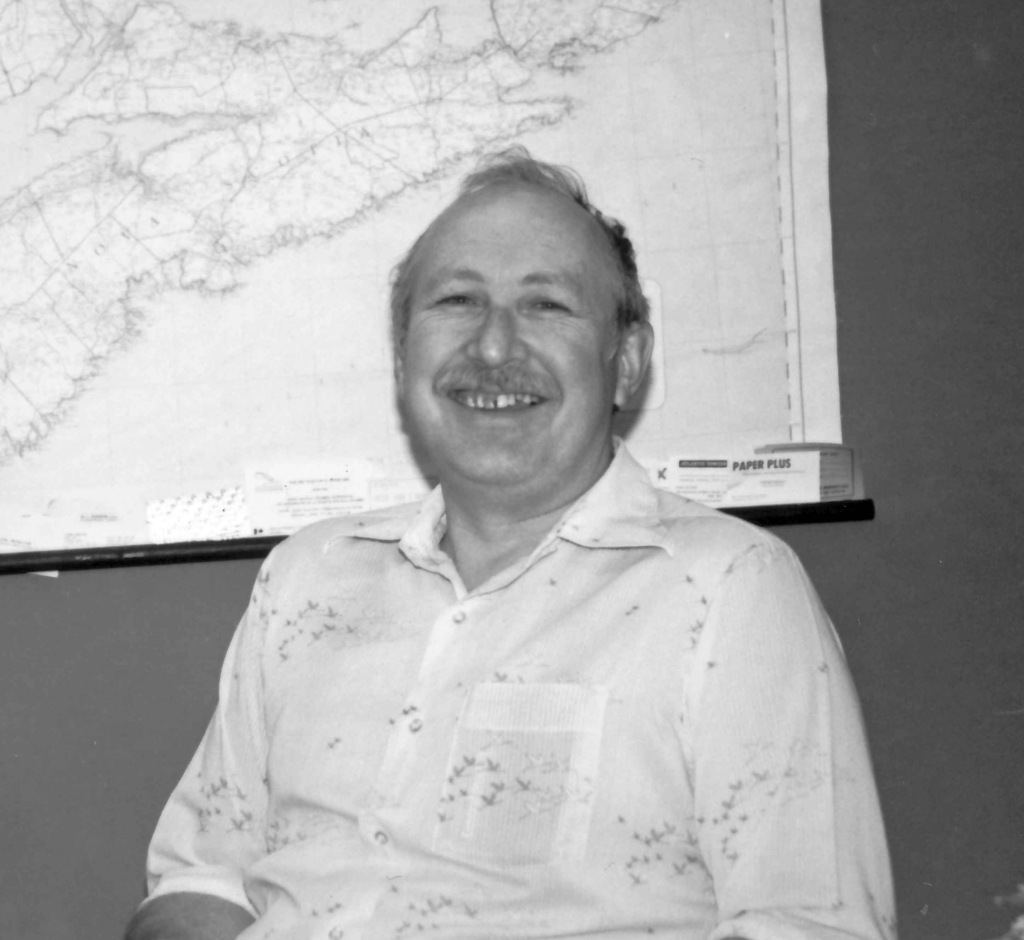 Don Bowlby: A computer company magaziner recently claimed that from the beginning of time through 1980 there were approximately one million manufactured computer systems. In 1982 alone that one particular company was scheduled to equal that total, or a doubling of numbers in one year. The computer will as usual have both good and bad effects. Our cherished concept of privacy will be completely swept away. As to whether the computer is an opportunity or a threat, I quote economist Leo Cherne: "The computer is incredibly fast, accurate and stupid; Man is unbelievably slow, inaccurate and brilliant. The marriage of the two is a force beyond calculation." (Future Forum 2, 1983) |
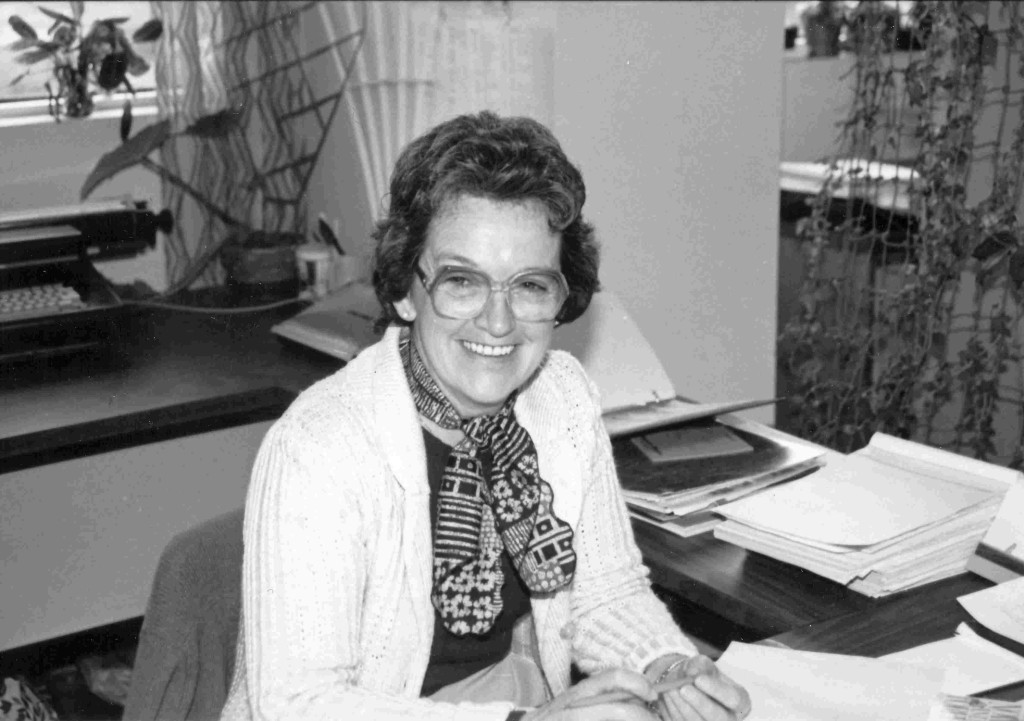 Lillian Wiley: I expect the computer will play a very large role in our lives and in our place of work within the next decade. Although some may find this frustrating and a threat, I regard this as a challenging and exciting era. To observe some of the functions the computer can perform is sometimes awesome and I consider myself fortunate to work in an area where computers are widely used. As the computer gradually takes on more and more of the tasks of humans, one begins to wonder what will become of person power in the future. Will computers continue to take orders from humans or will humans gradually learn to take orders from the computer? (Future Forum 2, 1983) |
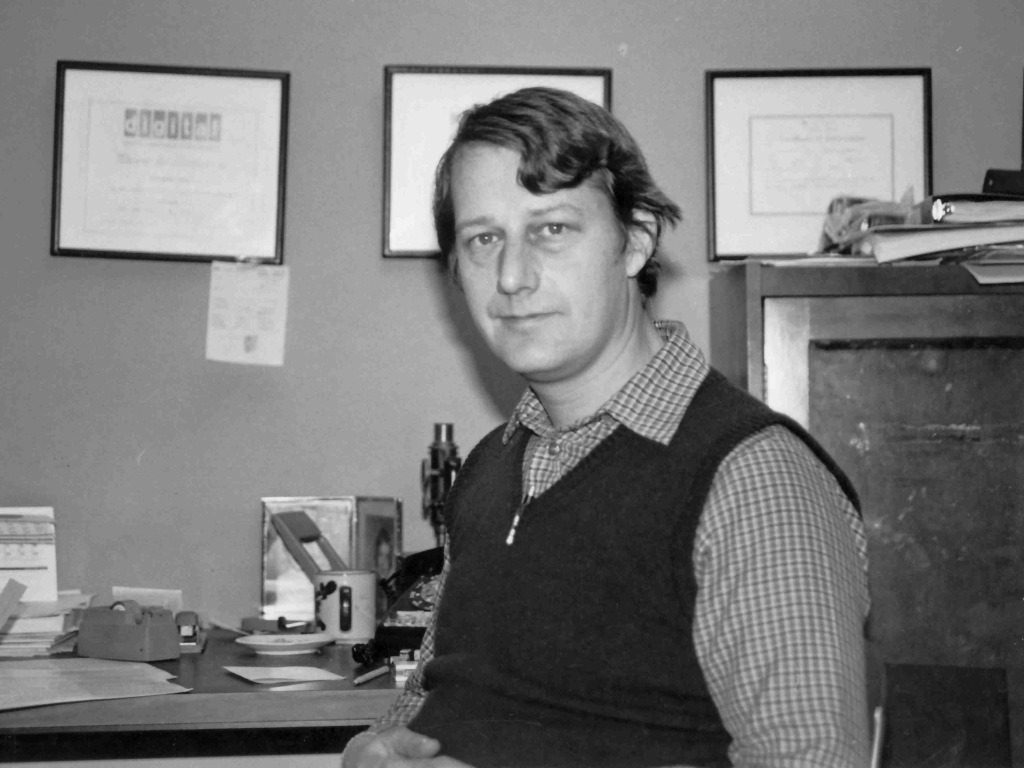 Ken Reynolds: It is inevitable that computers will continue to proliferate in all areas of life. The most significant impact in the work area will be in information handling. Due to the vast increase in information available to the public, it is a full-time job just to sort it into areas of concern, with little opportunity to absorb the data into our pool of knowledge. Word processors are now quite common in the work area, especially in the office. Ultimately the product is a sheet of paper carrying the desired information. The next step is to eliminate the paper and send the information electronically to the recipient terminal. Computers are now so common in the home that language once used only by engineers and programmers will soon be in general usage (Listen to the kids in the local computer store!). As long as we are vigilant and avoid misuse of data or its deliberate destruction, we need not feel threatened. (Future Forum 2, 1983) |
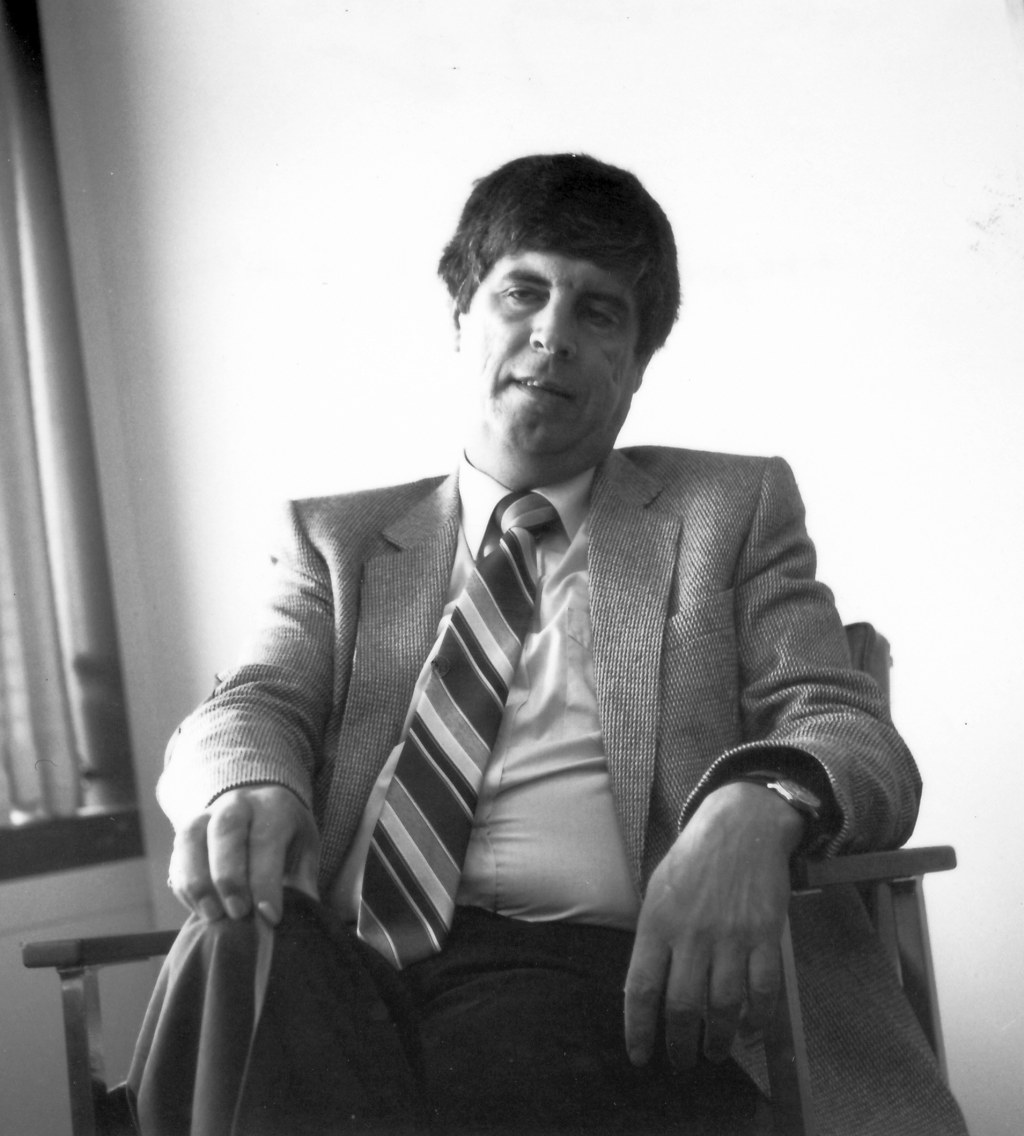 Don K Smith, director general, field services, announced staff changes effective September 1983. Jean Guy Coté will be responsible for administration and will retain his title as Head, Office of the Director General. (1983) see also Jean-Guy's 1981 mug |
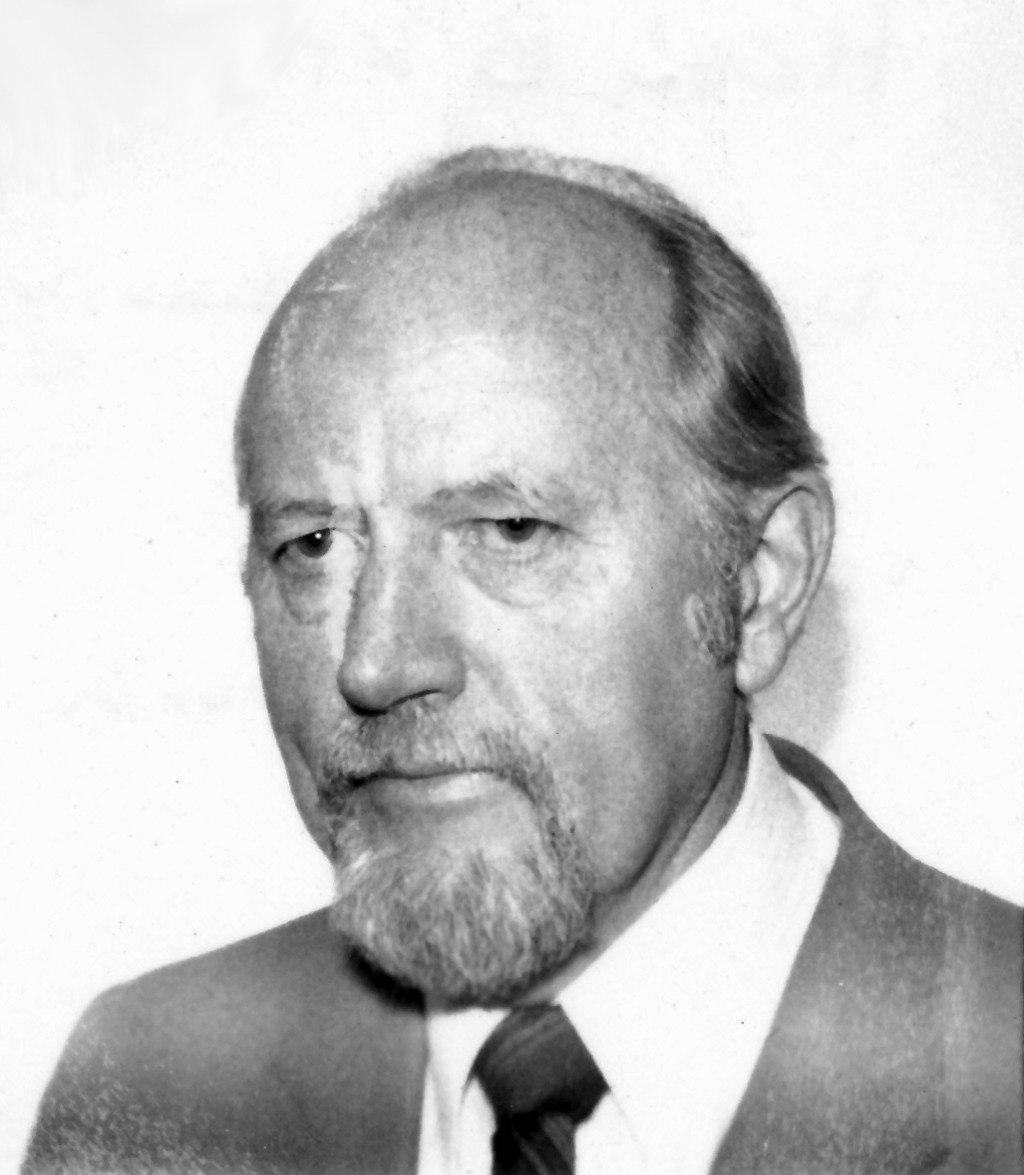 Don K Smith, director general, field services, announced staff changes effective September 1983. Herb B. Kruger will become director of planning, a newly-defined position. (1983) |
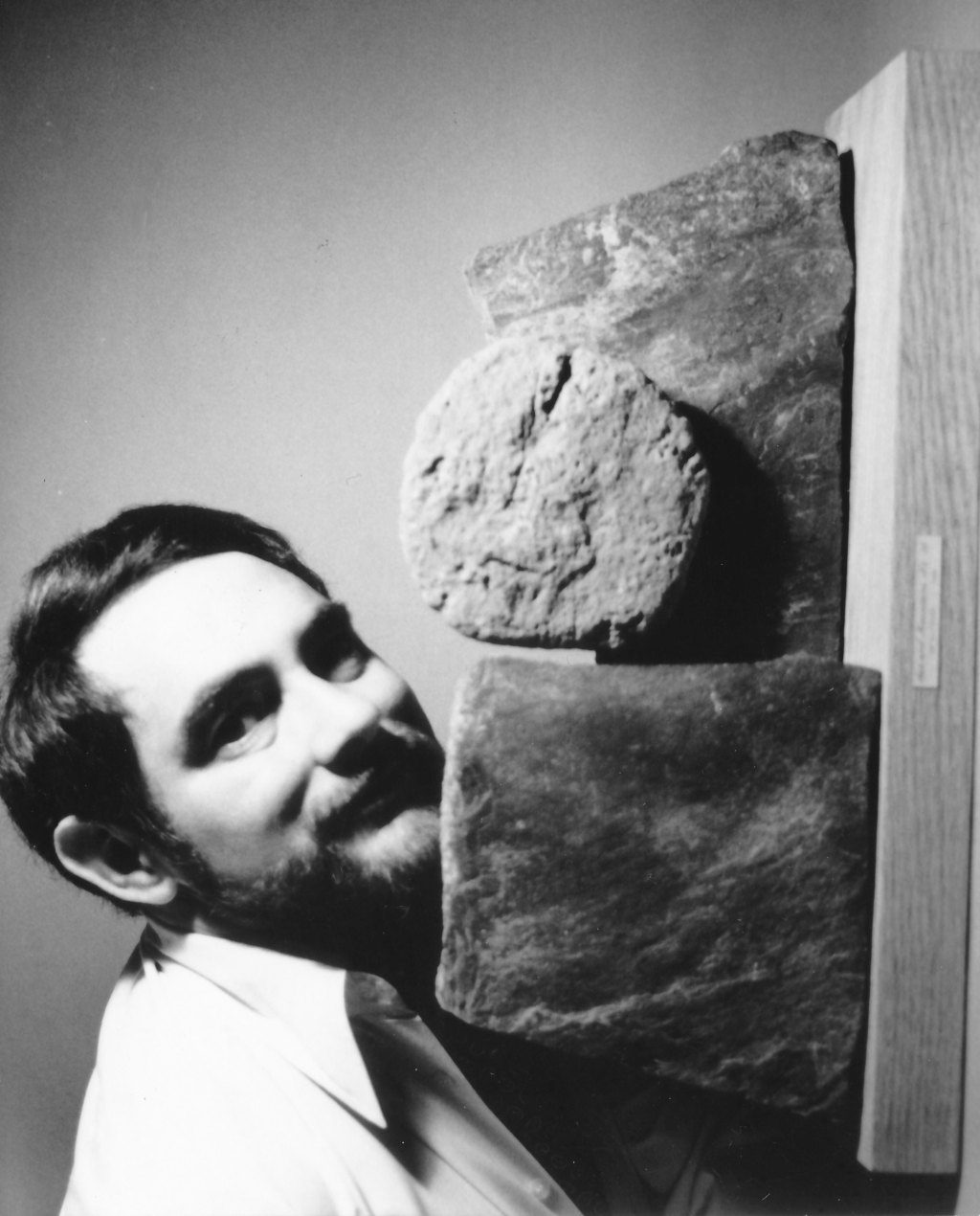 For professional translator Daniel Pokorn, working at AES Downview. a good, meaty translation goes beyond technicalities and becomes a work of art. Daniel also happens to be a professional sculptor so he views his texts as raw material waiting to be carved into forms and textures of another language. He has exhibited widely in Ontario and has contributed to the permanent collection of the Sculptor's Society of Canada. None of his oeuvres are directly influenced by meteorology, but he has produced a series, Suns and Mountains, inspired by Canadian landscapes. (1983) See Daniel's 1987 sculpture And Love Will Prevail, described in the May / June 1988 edition of Zephyr See also related article in May / June 1991 edition of Zephyr |
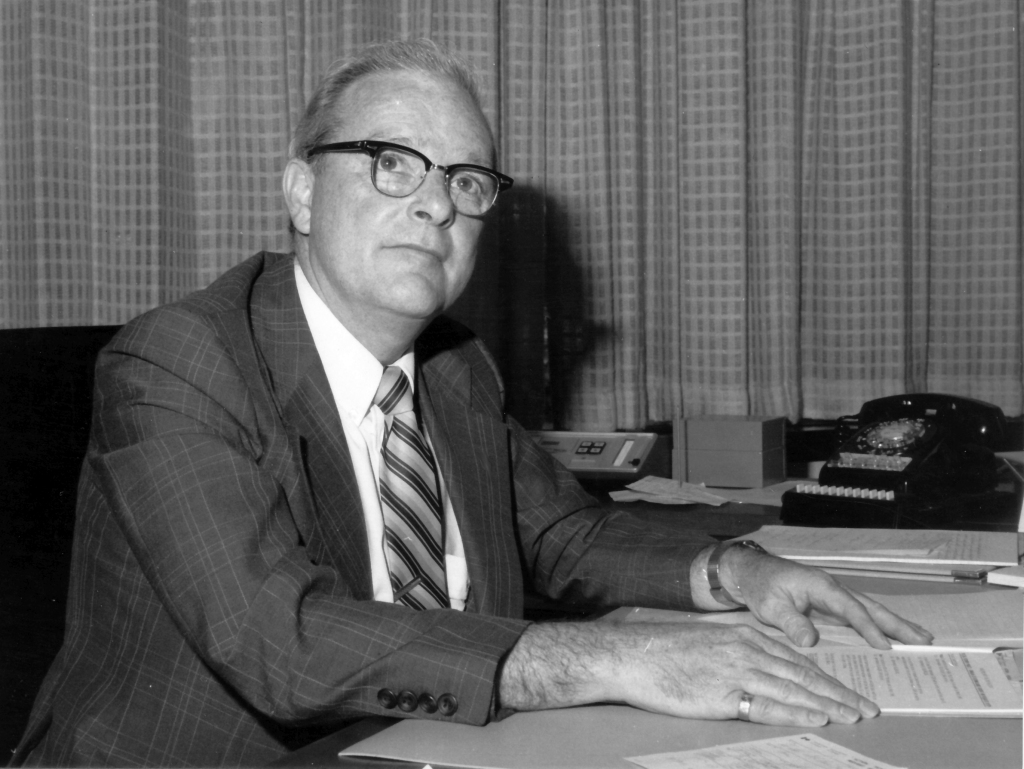 Jim McCulloch, director general, Central Services Directorate, is AES member on the departmental Advisory Committee on Personnel and participated in discussions leading to adoption of a new policy on employee appraisal. If response to the article is good, Mr. McCulloch offers to contribute more material on the topic. (1983) |
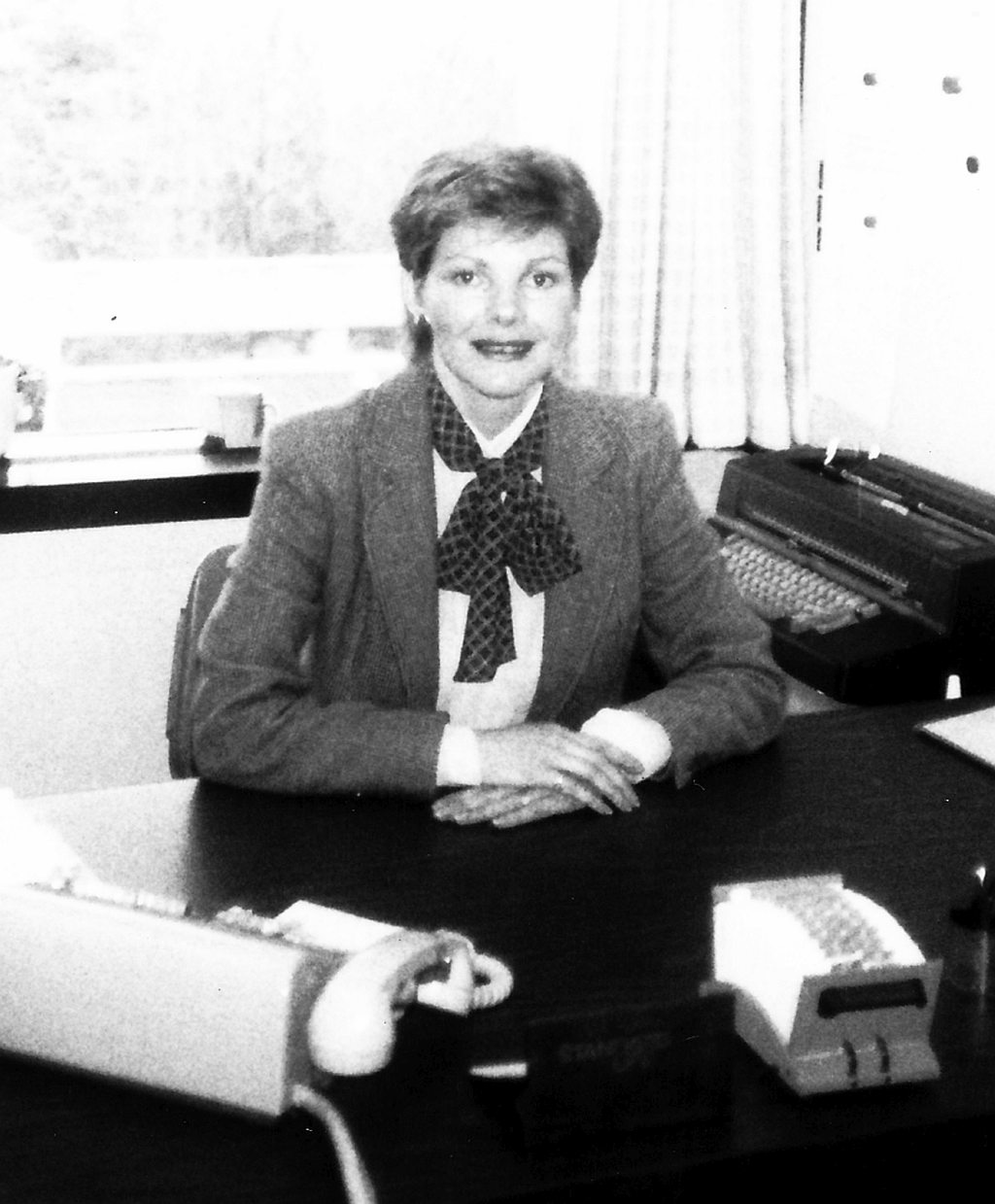 Merrianne Crowell has been selected as the new Assistant to the Coordinator of the Qualification Enhancement Program (QEP) replacing Susan Falla who has helped run the program since its implementation in January 1978. Merrianne will be assisting Chris Green, the Training and Development Officer, who is the new QEP Coordinator. (1983) |
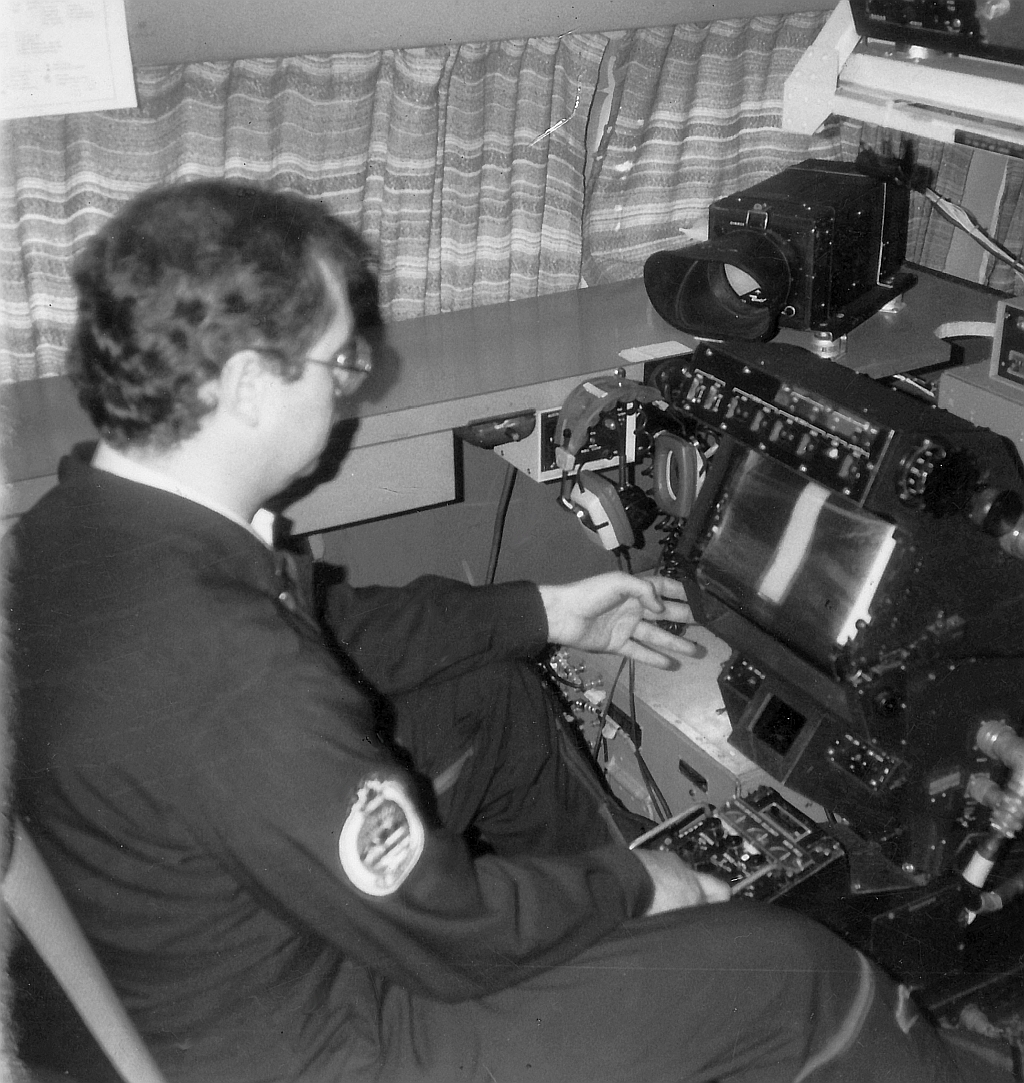 With AES Ice Reconnaissance since 1975, there is little Bob Zacharuk does not know. He has worked on aircraft, helicopters and ice breakers and visited remote spots like Cape Parry NWT, Alaska, Thule Greenland, and Hibernia oil field off Newfoundland. On the current Lockheed Electra he handles visual sightings, SLAR (side-looking aperture) radar, remote sensing, chart plotting and communications. (1983) |
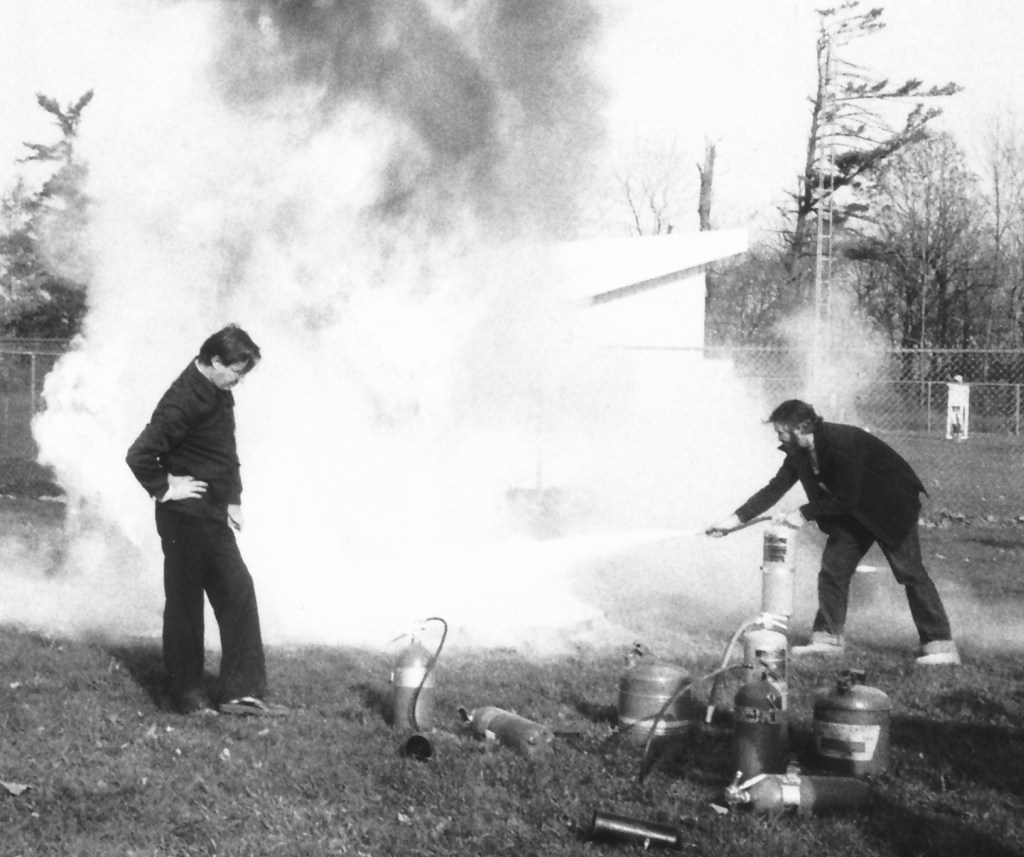 AES safety officer John Keefe, right, demonstrates how to put out a gasoline fire in the Downsview instrument compound. (1983) 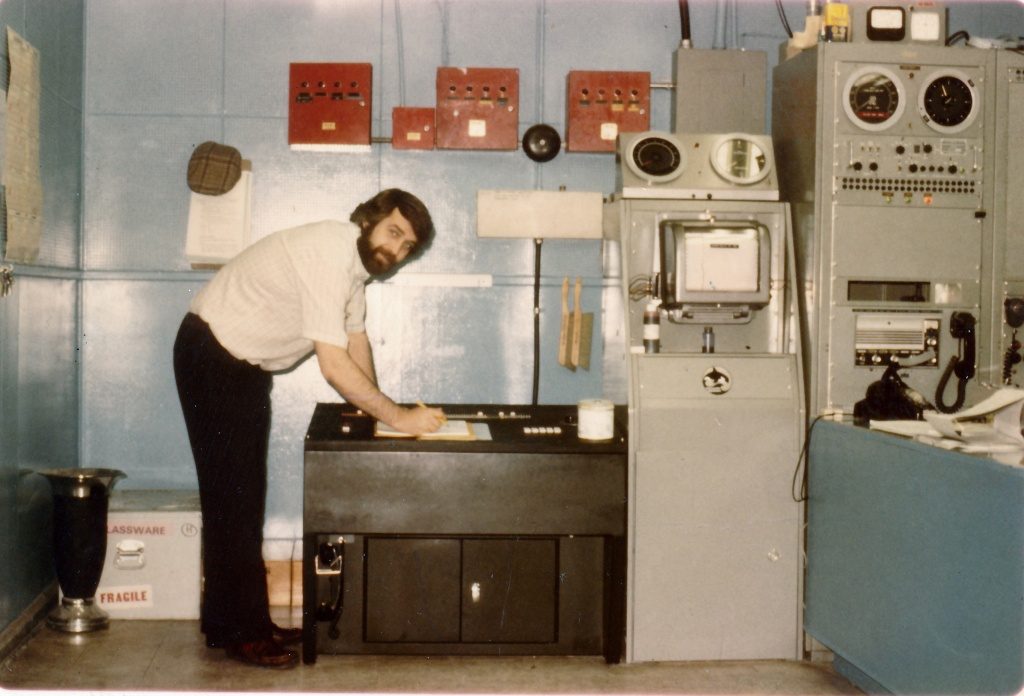 John Keefe inspects equipment at Resolute Bay High Arctic station. He is the only full-time occupational safety person in AES. Zephyr guest editor Jack Gubbins.conducted an interview with Mr. Keefe. The full interview is published in the September / October issue of Zephyr. (1984) |
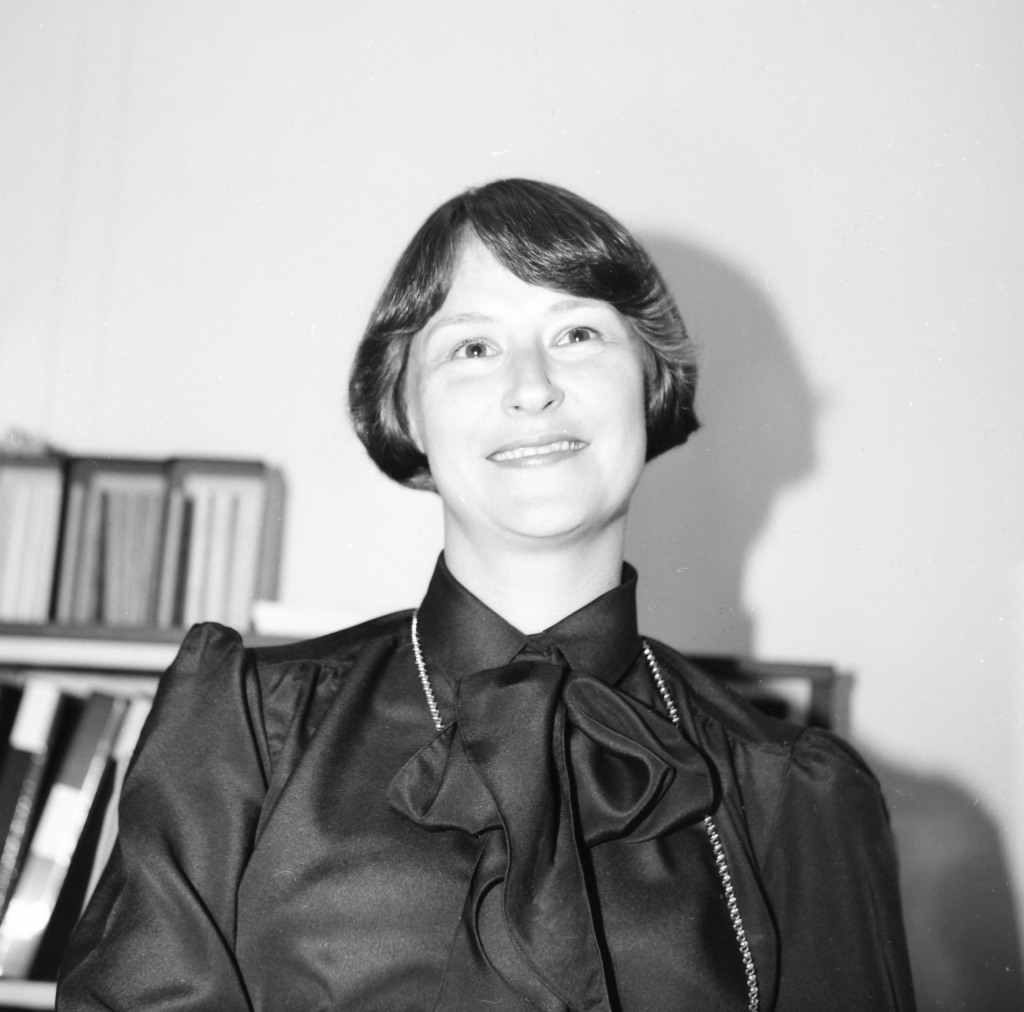 The Employment Assistance Program (EAP) is coordinated at Downsview by Mary Helen Kaizer, chief, classification, staff relations and pay. The usual system in the department, with trained referral agents used as contacts for employees with problems, has been perceived as somewhat less than successful in Downsiew and outside assistance is now being tried on an experimental basis. (1983) |
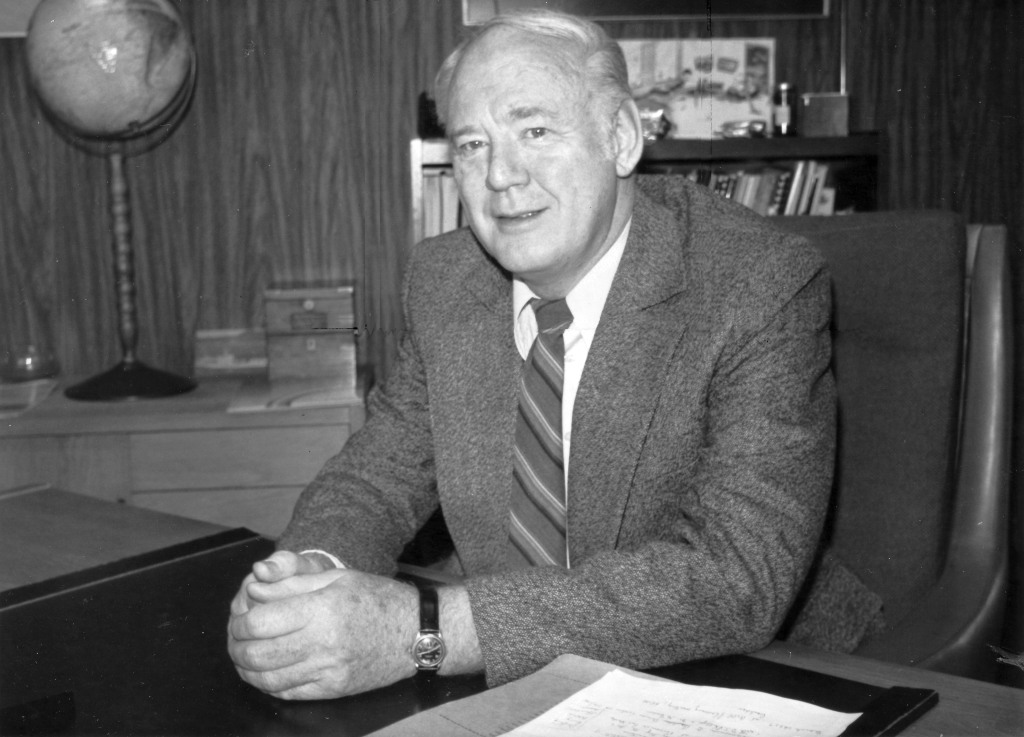 Zephyr asked for Jack Mathieson's thoughts as he retired after 42 years in the Atmospheric Environment Service or the Canadian Meteorological Service as was named for most of his career. In Jack's words .................. My main thought is of the people I have been so fortunate to work with and of the varied user groups we serve. I find it difficult to talk generally about weather and climate in Western Canada. Meteorology is basically the same discipline in all parts of Canada and in all areas of the globe. Western Canada is meteorologically interesting from at least three points of view. We are located in an area where cold Arctic air interacts with warmer air masses from the Pacific. We are confronted by the data sparsity of both the Arctic and Pacific areas. Finally, there is the influence on weather and climate of the land-sea boundary of the Pacific coast and of the mountains which extend from Alaska down the coast of western North America. Meteorology will always be challenging. We will never fully understand the behaviour of the atmosphere, so a career in meteorology will always be interesting, sometimes frustrating but often very rewarding. Who can ask for more? (1984) |
 Jack Mathieson: I have spent over 40 years with Canada's Weather Service and my judgement is that during that period, the most significant advances in meteorology have been the development of Numerical Weather Prediction models and the capability for remote sensing of the atmosphere. Satellite imagery is an advanced form of remote sensing and is a very important observing technique, particularly over data sparse areas such as the world's oceans. Exciting opportunities lie ahead as we learn to make optimum use of satellite data by enhancing, animating and correlating satellite imagery with other fields, and bogussing satellite data into NWP models. (Future Forum 3, 1984) |
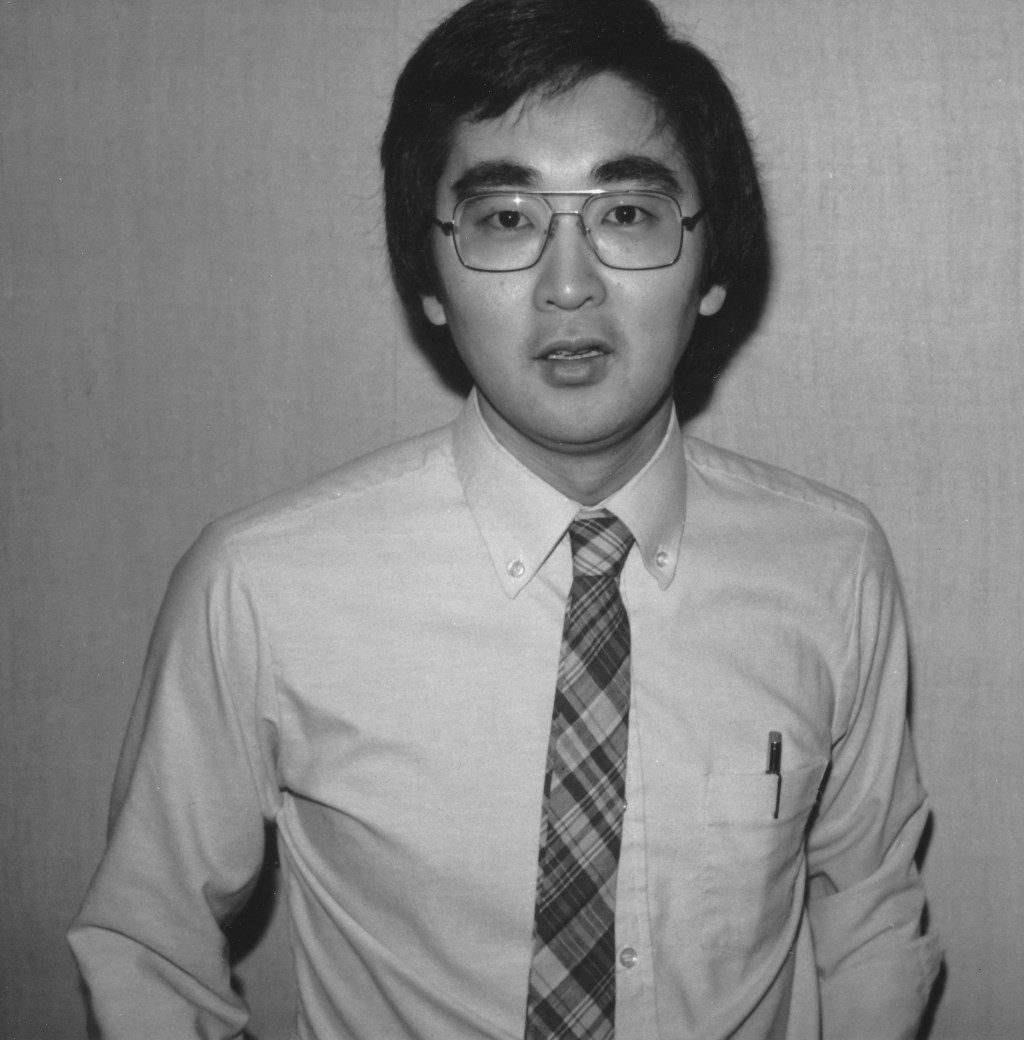 Mert Horita: Looking at meteorological satellite images, the immediate impact is the sense of the overwhelming complexity of the weather. The perception · from satellite images can be likened to groping in a darkened room and suddenly a light is turned on. The room is somewhat as we imagined but the intricacies of shapes, colors and detail are very different. Add the complexity of movement and one can realize the impact of satellite images on meteorologists. The impacts of satellite images to weather analysis and forecasting are numerous. Putting these tools into the hands of the "on-line" duty forecaster will provide more accurate and useful forecasts and warnings. (Future Forum 3, 1984) |
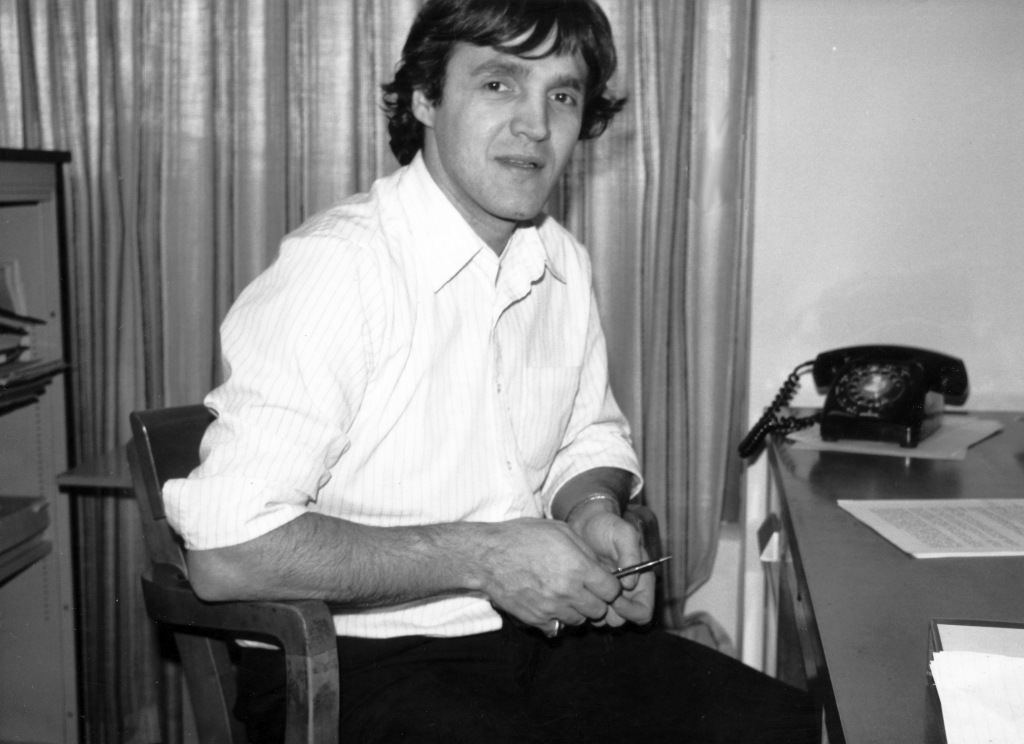 John Spagnol: Meteorology has long been a science but before satellites, weather forecasting was its dismal offshoot. The meteorologist's scientific and technical knowledge could not replace the "gut feeling" of the mariner, pilot or weather forecaster. The satellites with their unique view changed all that. The weather forecaster could actually see! With the satellite facility, we now have the tools to comprehensively study the earth's atmosphere - the real thing - as it unfolds. The entire earth and its atmosphere is "in the laboratory". Operational weather forecasting has now reached the modern age. Visions of the future are bounded only by the imagination of meteorological science fiction writers. In the end, we may find the weather is forecastable after all. (Future Forum 3, 1984) |
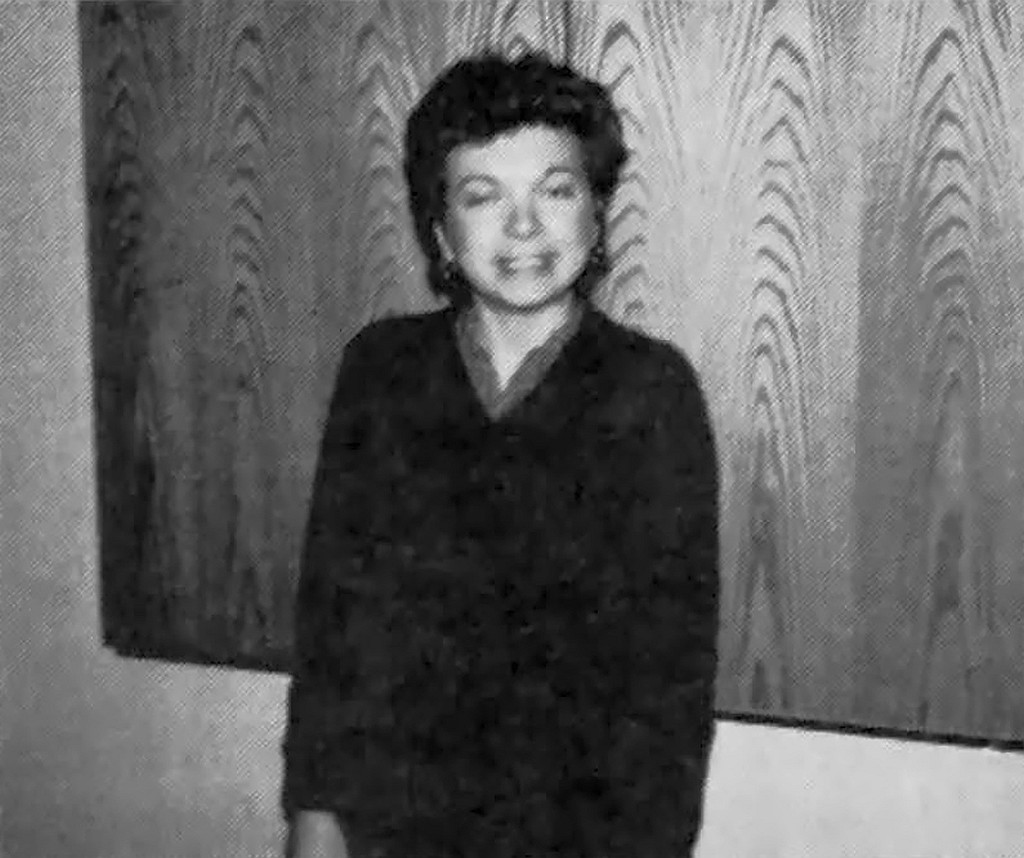 Heather Auld: It is difficult to imagine forecasting without the use of satellite information. For Pacific Region, satellite imagery is indespensible and may represent the only source of reliable data on incoming systems from the Pacific Ocean. Using the various images received by our satellite systern, the forecaster can both prepare short-term forecasts and "space truth" the analysis and subsequent performance of the numerical models. In the future, it is hoped that satellite information can be fed directly into the numerical models. Satellite sensing will probably become more theoretically oriented. Satellite information may be merged with other mesocale data networks in an attempt to develop atmospheric models that describe smaller scales of motion. (Future Forum 3, 1984) |
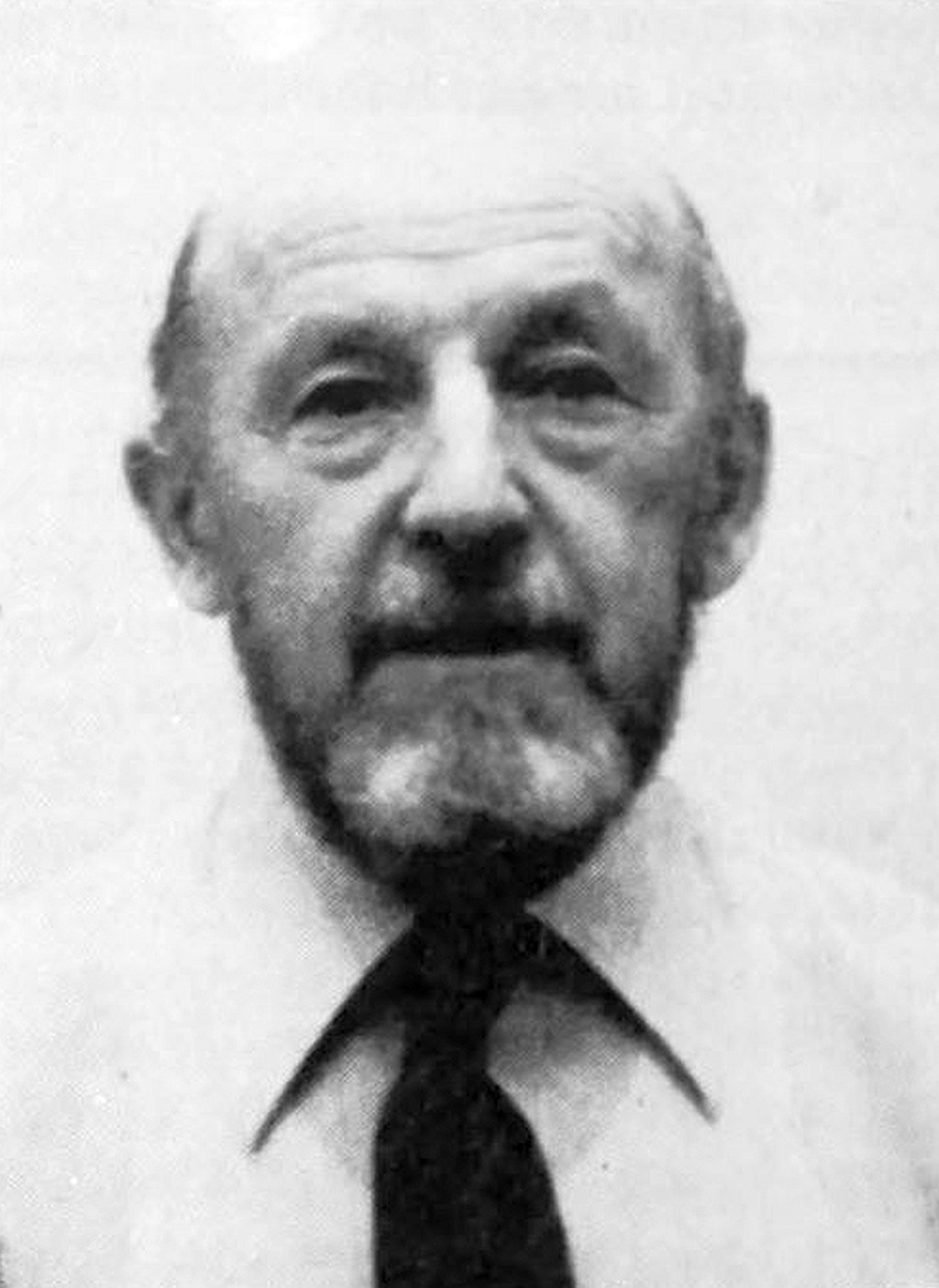 John Paschold: Before the advent of satellite imagery, when ship reports were sparse or non-existent, Pacific frontal sytems would often move in on the coast, with very little advance indication . That has changed. No longer are forecasters caught "off-guard". Certainly. assessing intensities of systems, and timing them, still causes problems. but these I expect will become fewer as forecasters and analysts become more adept at satellite interpretation. From a purely presentation point of view, we find satellite pictures a great asset in briefing trans-Pacific flights, for answering public enquiries as to future weather (particularly in agriculture) and, quite frankly, to check on the credibility of the forecasts. (Future Forum 3, 1984) |
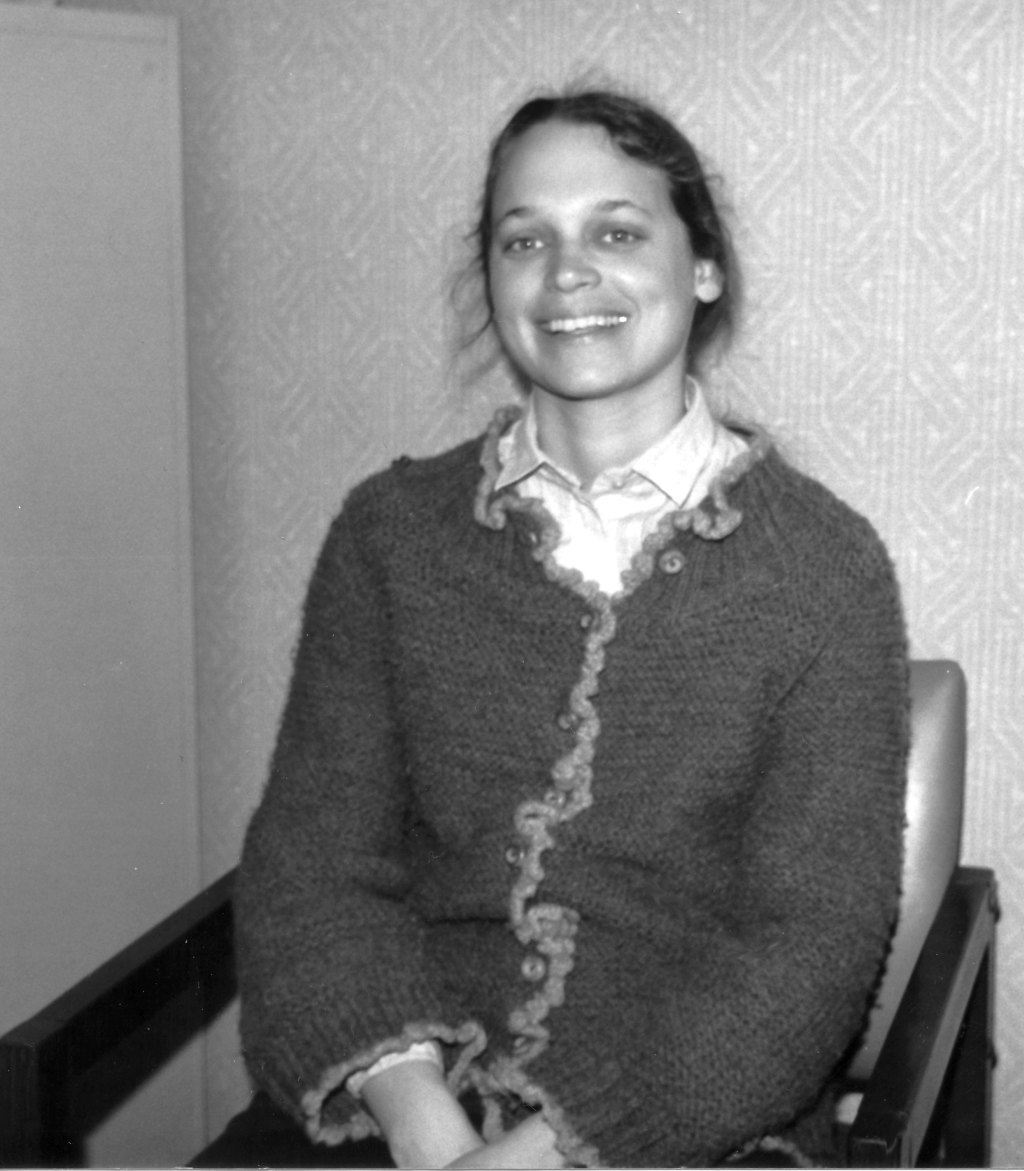 Claire Lauzé: Satellite imagery is essential in the Pacific Region due to a lack of weather obsenations over the Pacific. The new satellite systern at the Weather Centre greatly facilitates the analysis of data provided by the GOES Satellite and will complement information already available to improve short and long term forecasts. Satellite pictures allow forecasters to position weather systems more accurately. which resu lts in better short term forecasts. In the near future, long term forecasts are expected to improve as well. Due to more powerful computers, the quality of the numerical guidance will increase. (Future Forum 3, 1984) |
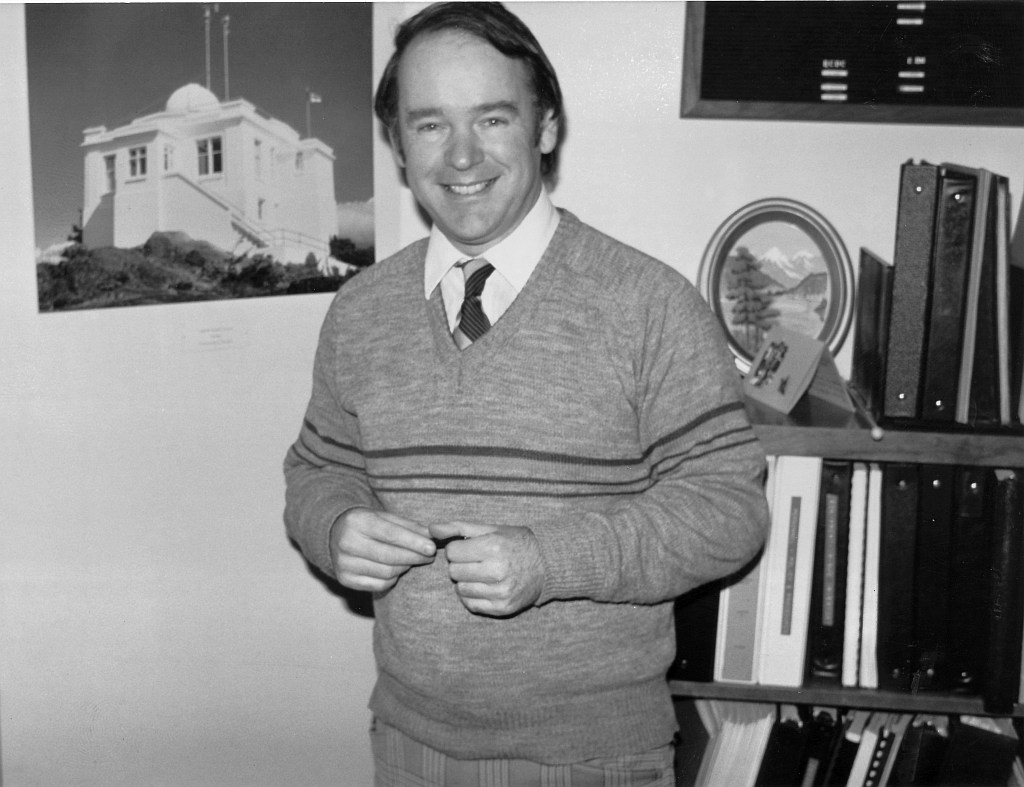 David J Phillips: It is difficult to assess the immediate and long term impact of the new GOES Satellite System on weather analysis and forecasts. There can be no doubt that forecasters and presentation technicians have gained an exceptional tool which helps them better understand atmospheric processes over the North Pacific, a vast data sparse area. The impact will be a better understanding of what is going on over the Pacific, undoubtedly translating into better analyses and forecasts. Most important, it will mean better weather services. (Future Forum 3, 1984) |
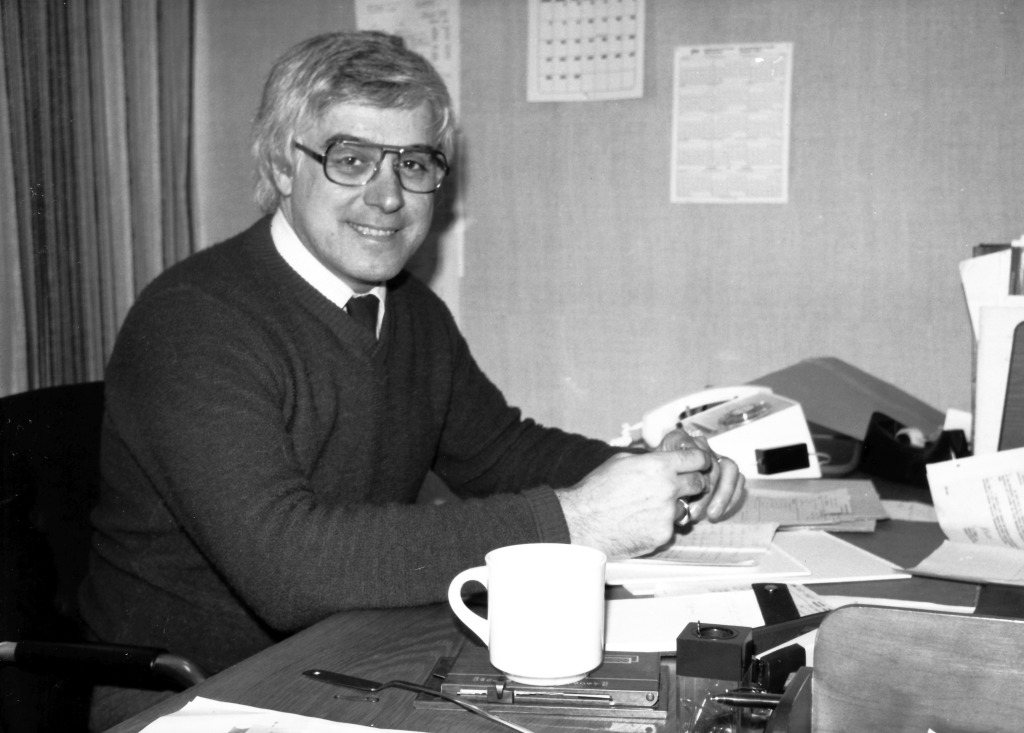 Gary Wells: The geostationary satellite has been referred to internationally as the "weather warning" satellite. The importance of the new facility lies not only in the quality and frequency of the data. but also in the fact that this data is provided immediately to the operational forecaster. We can now look at the weather in various forms, as it happens, and in areas where previously there was no data. For example, short-term forecasts and warnings are becoming more specific and timely with these improvements having impacts on· all economic and safety sectors, from forest fire control to aviation safety. The wealth of new data will have input to, and provide assessment of, the initial analyses of Numerical Weather Prediction. The future seems limitless. Already such developments as forecasting severe thunderstorms and lightning, and producing forecast satellite images 24 hours into the future, are nearing completion. (Future Forum 3, 1984) |
|
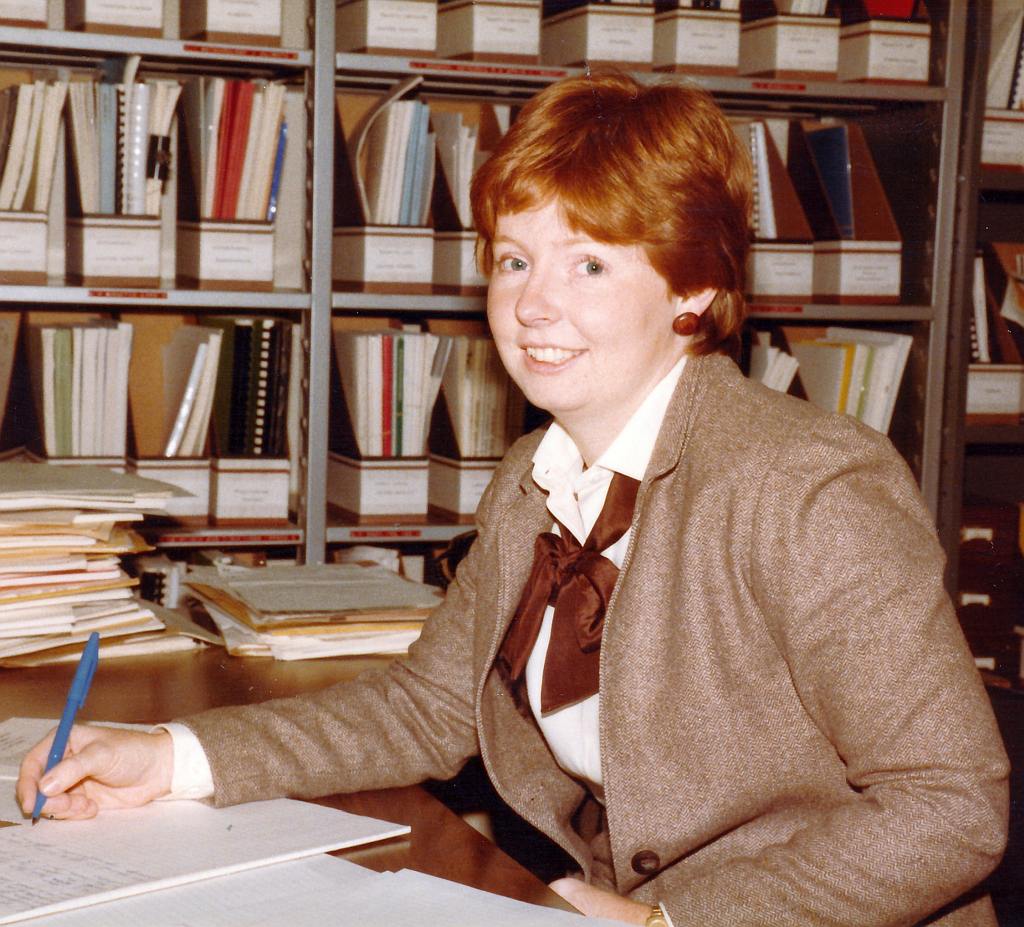 Sue Milburn in the LRTAP (Long Range Transport of Air Pollutants) office provides technical information on the acid rain program to senior officials in government usually in the form of briefing notes. (1984) |
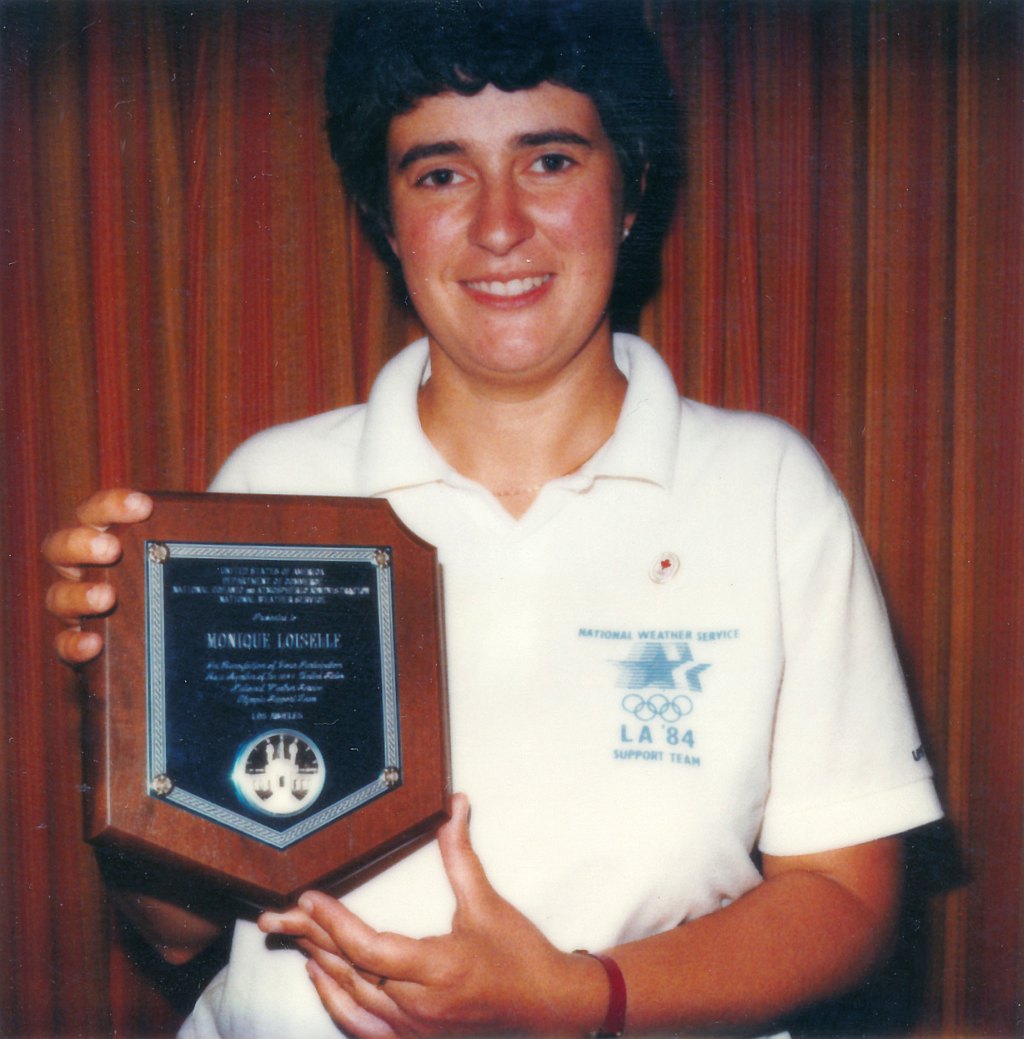 Monique Loiselle shows her US Weather Service Award for her service with the 1994 Olympic Weather Support Team in Los Angeles. (1984) |
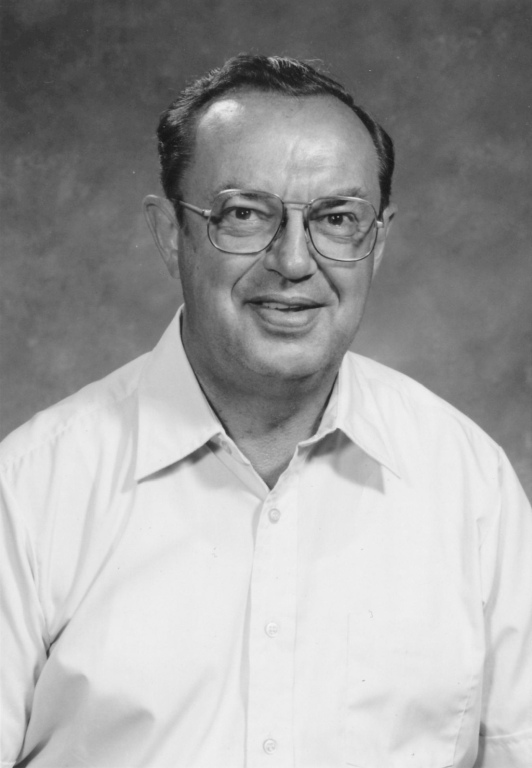 Bill Markham has spent the past year doing research for Ice Branch. From 1977-1983 he served as Director of Ice Branch. Before that he spent 16 years in Halifax and six years in Ottawa as OIC of Ice Forecasting Central. He spent several years with the RCN as meteorological and ice officer. This experience helped Mr. Markham to develop the Canadian Ice Program. He is the author of the Canadian Ice Atlas and has worked closely with WMO to develop international ice terminology and codes. (1984) |
Return to Index